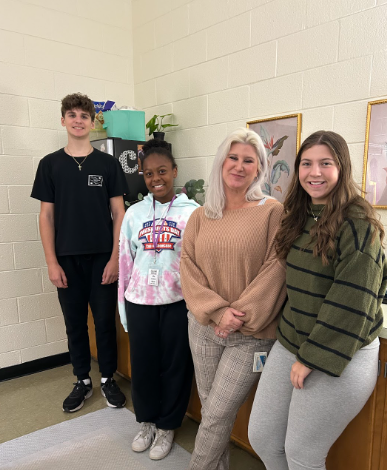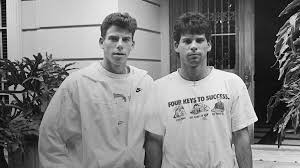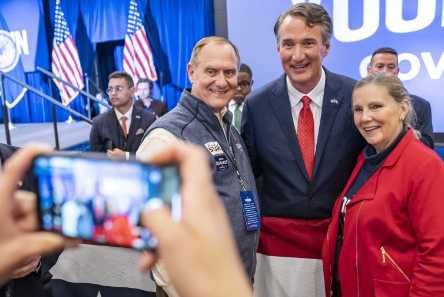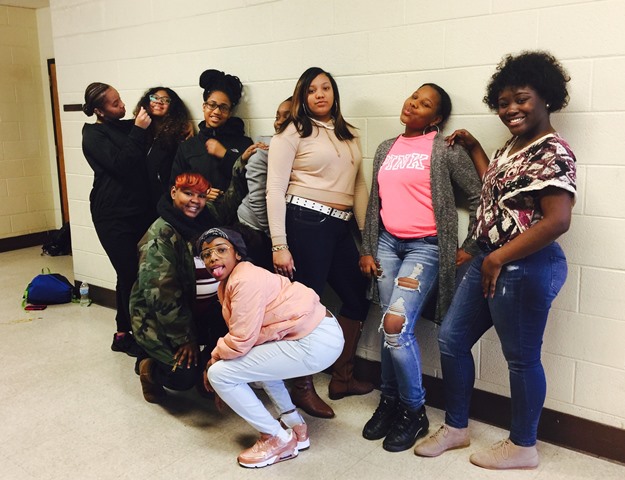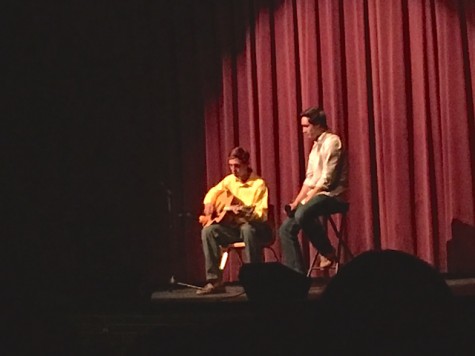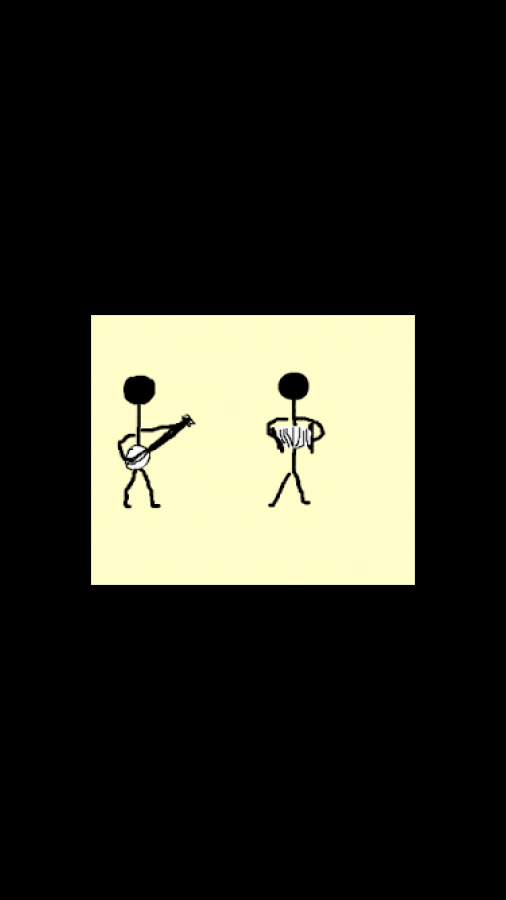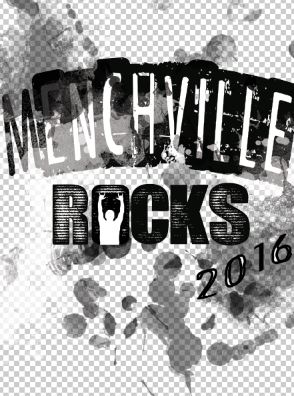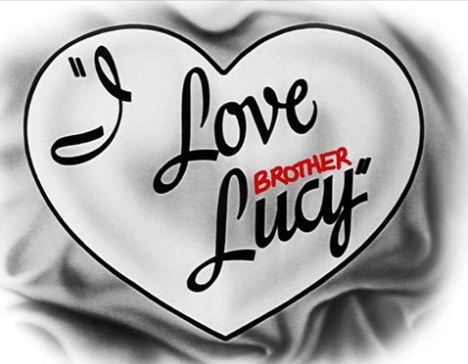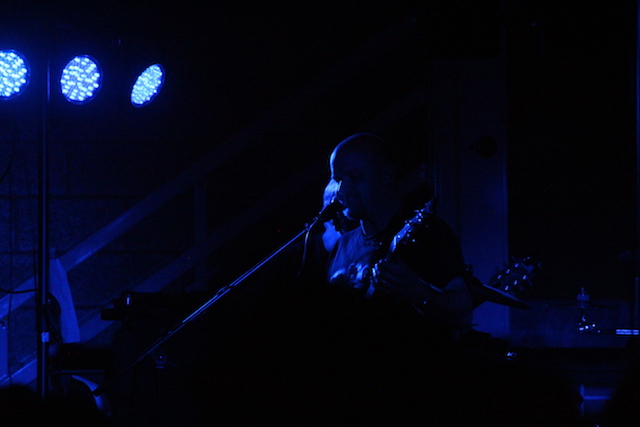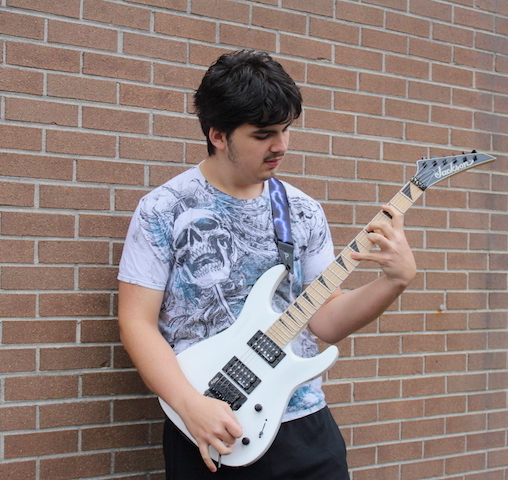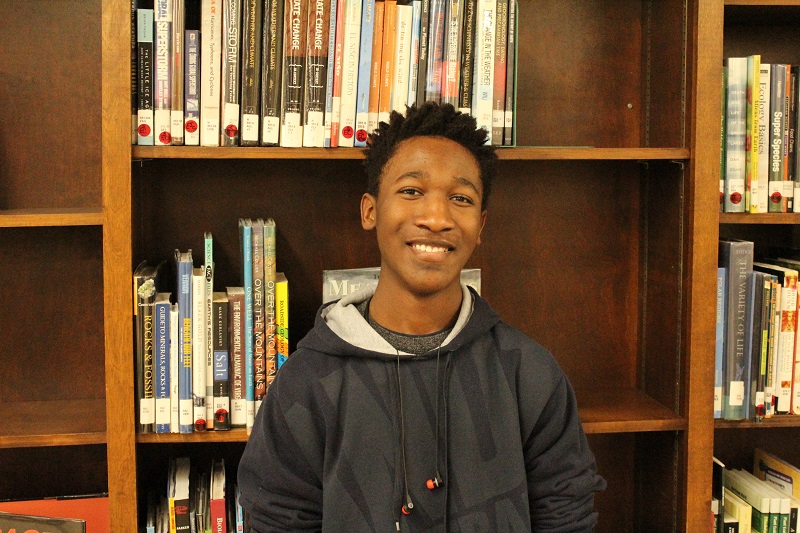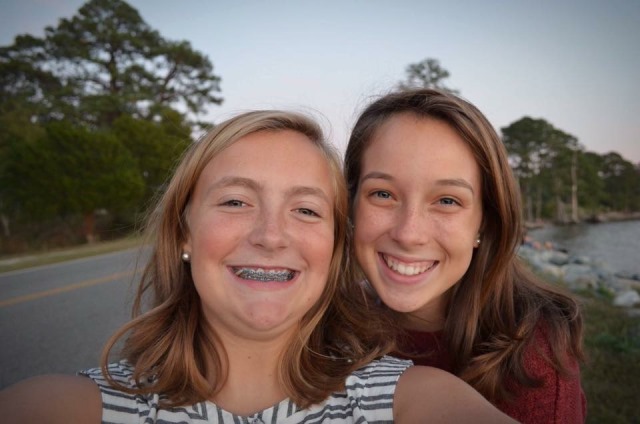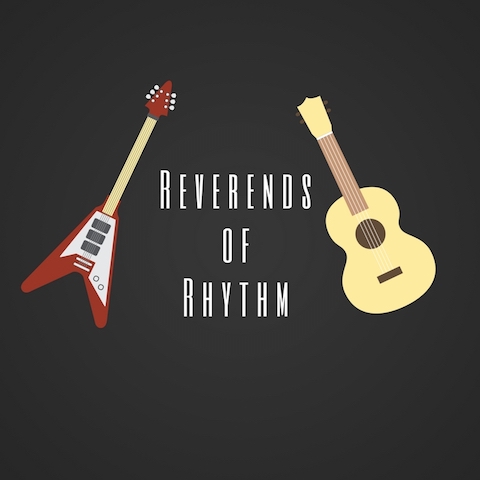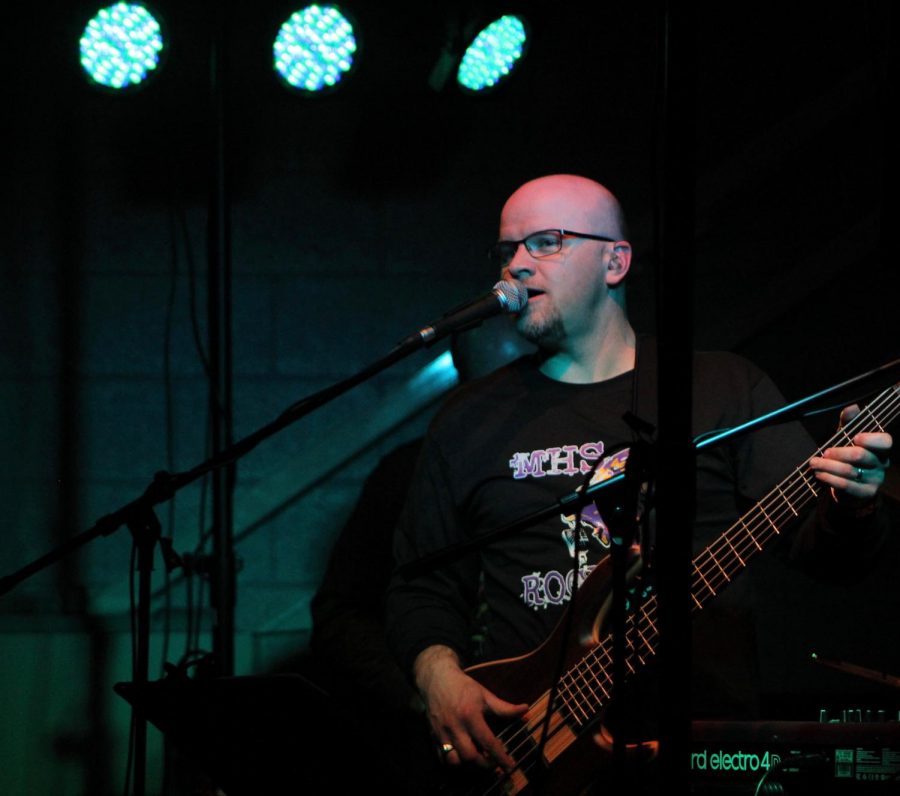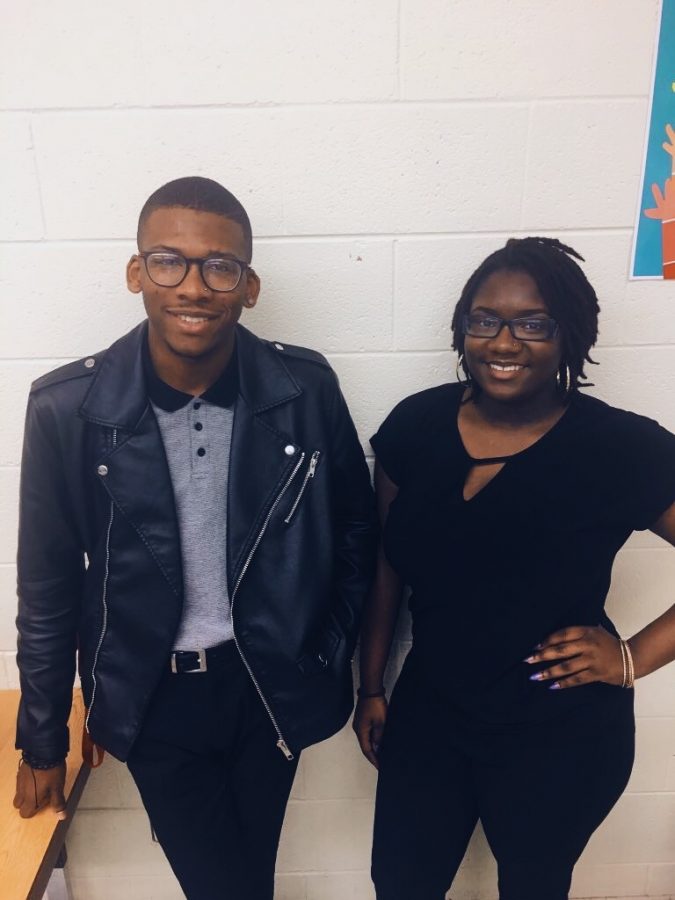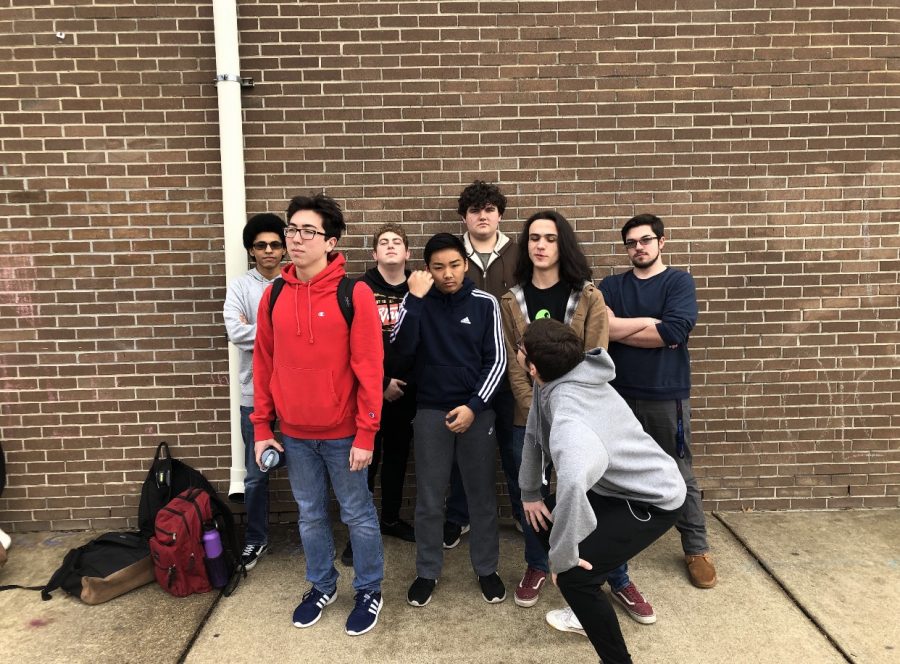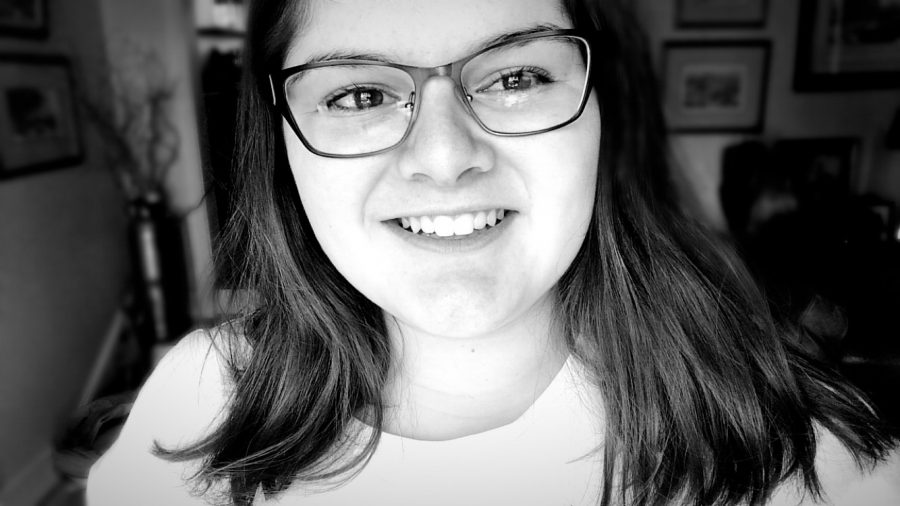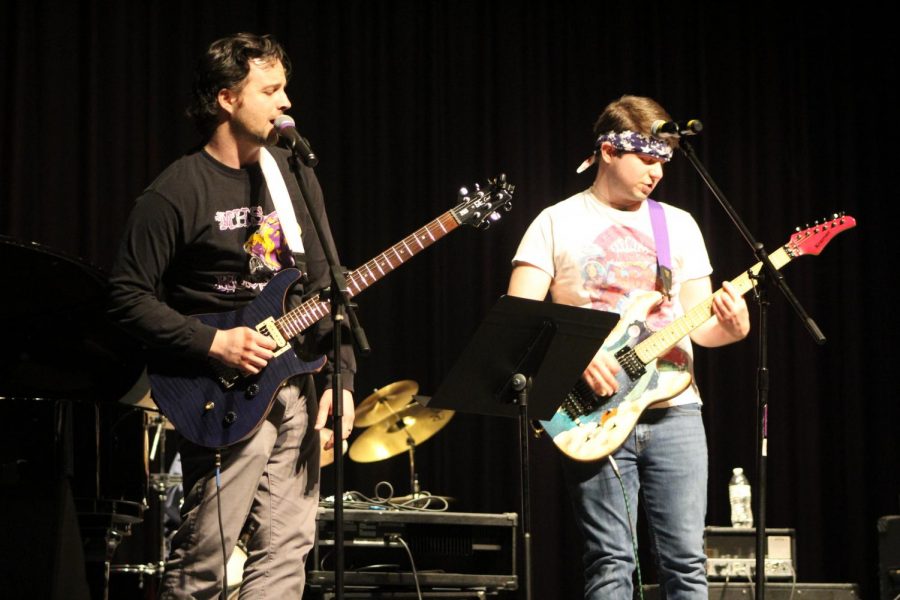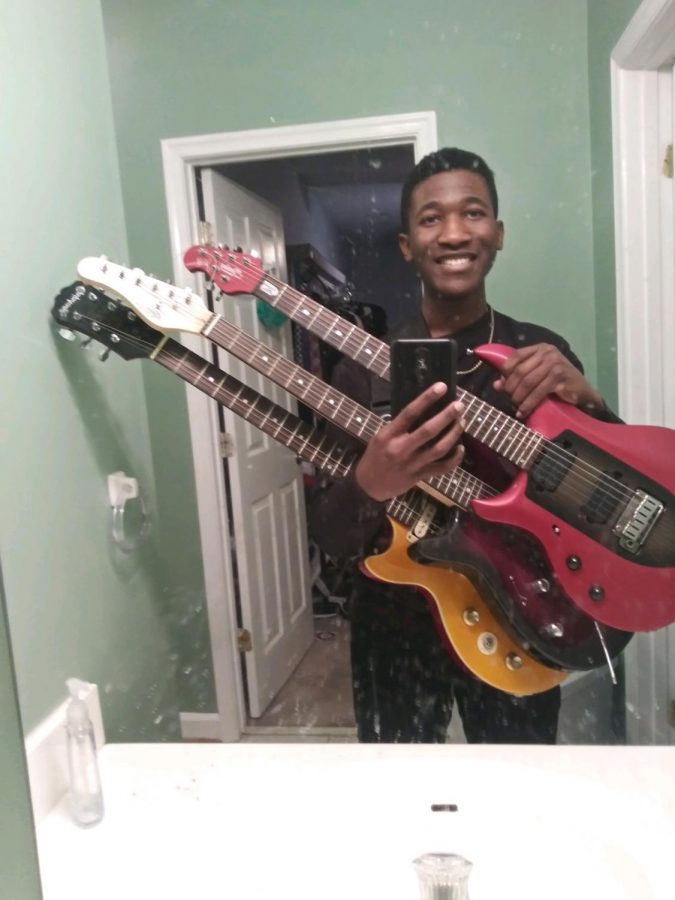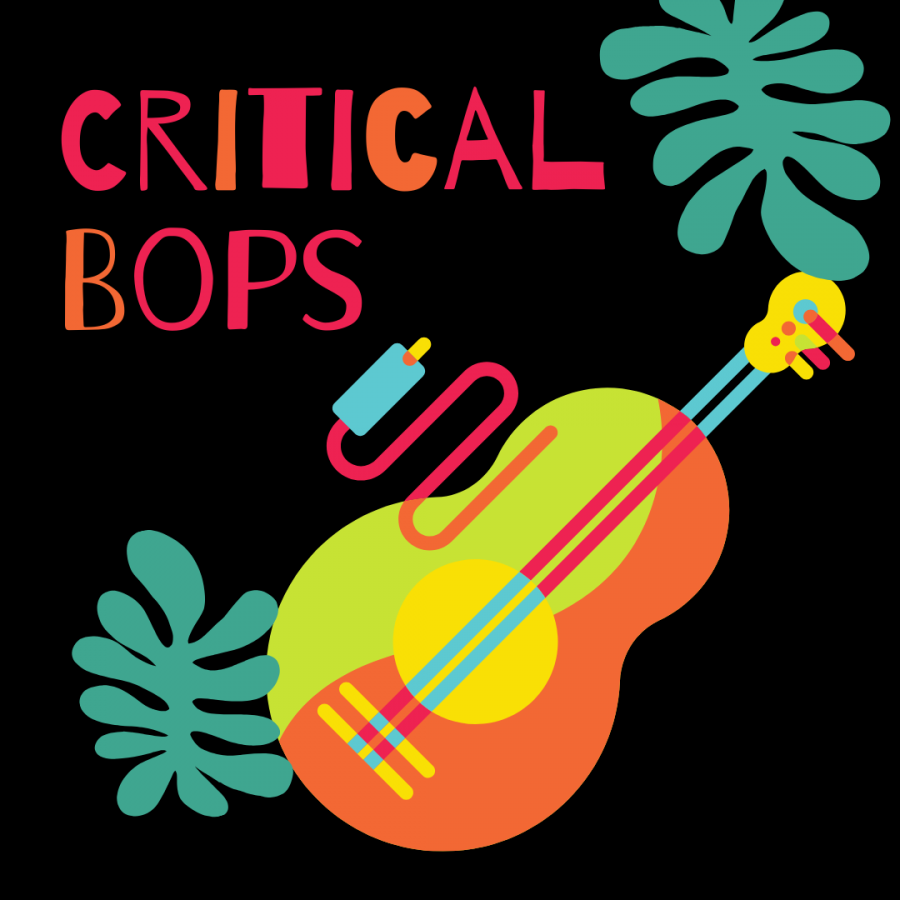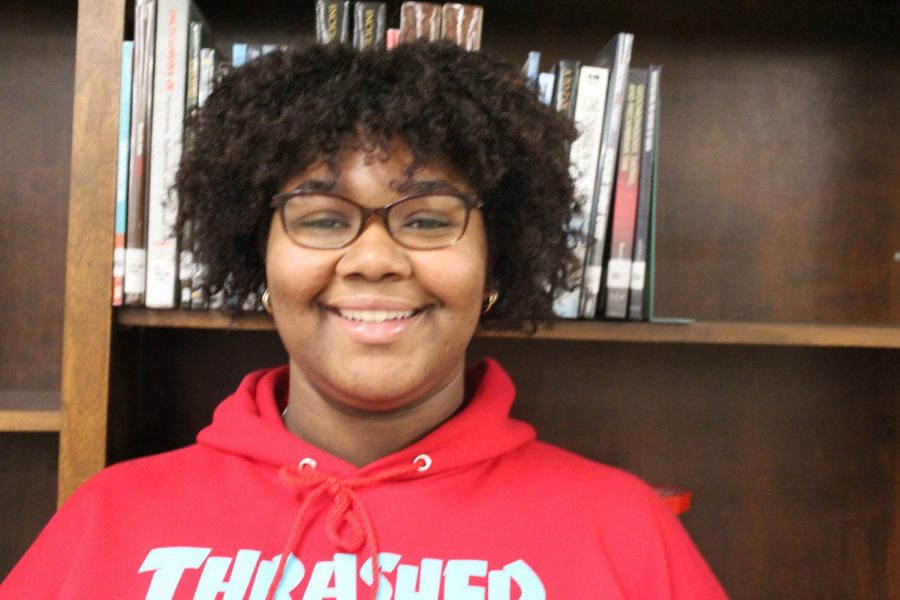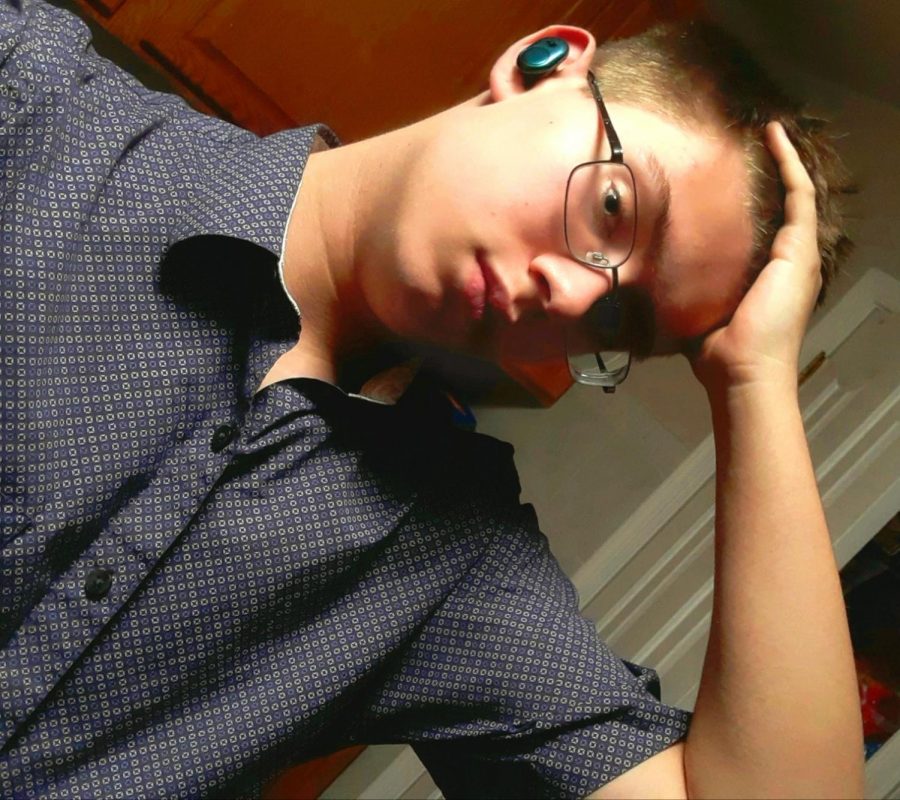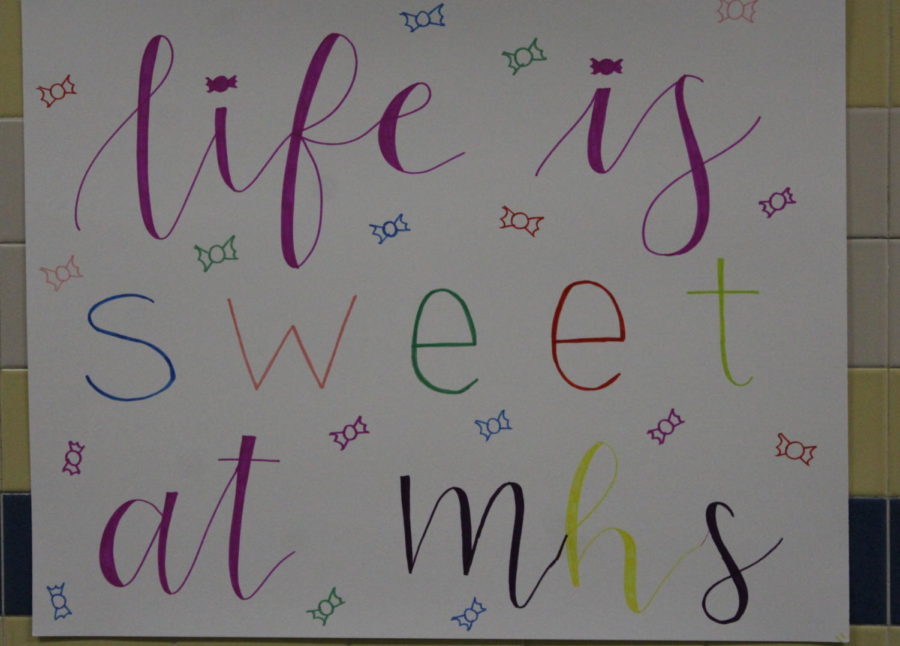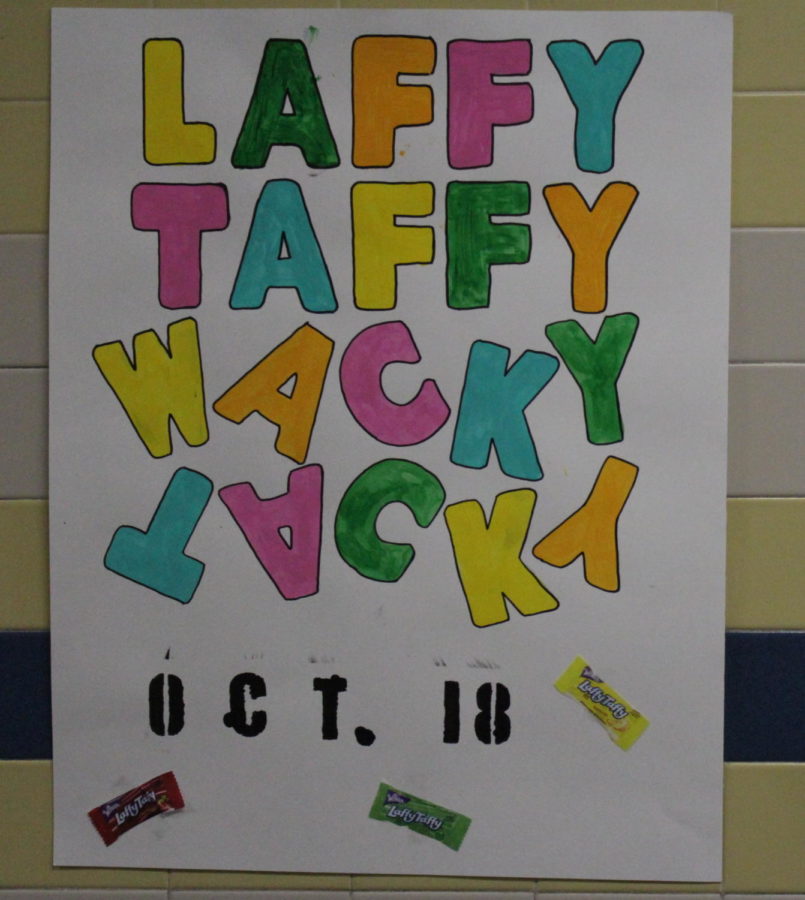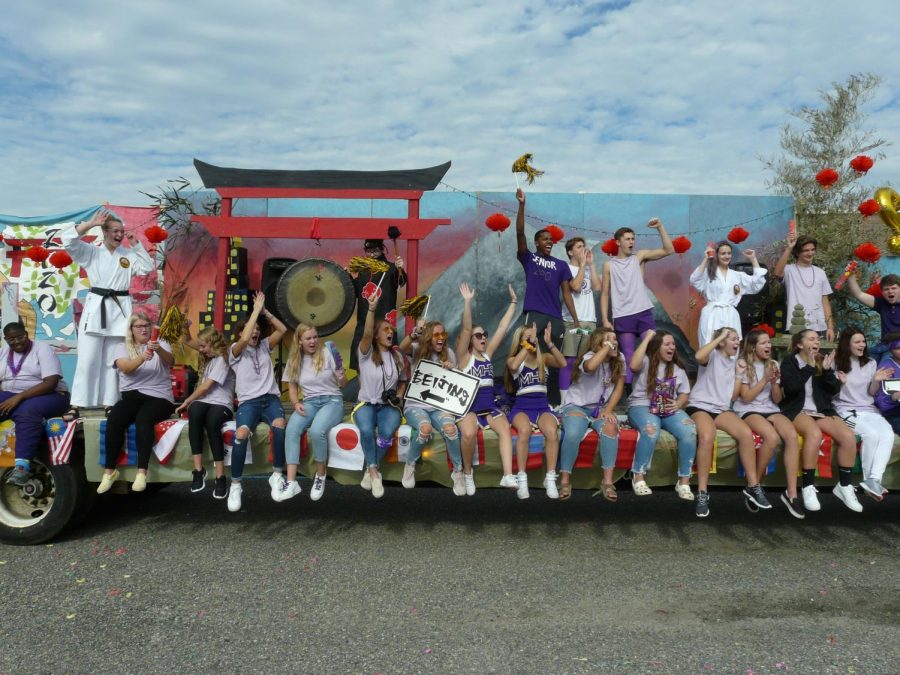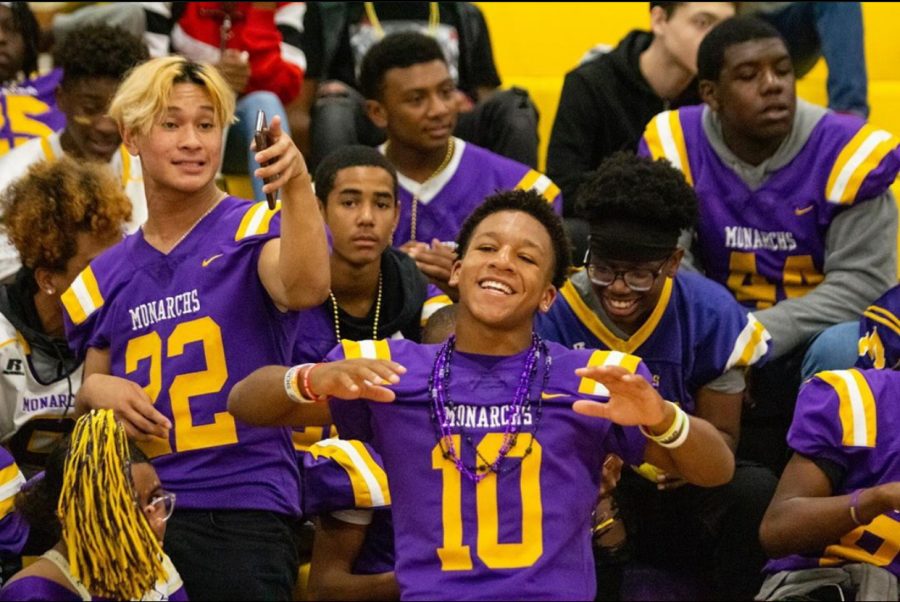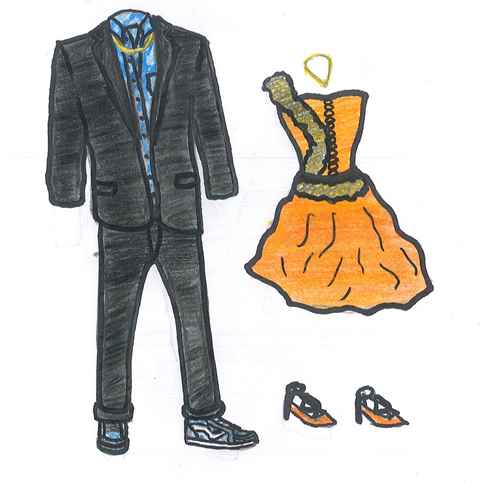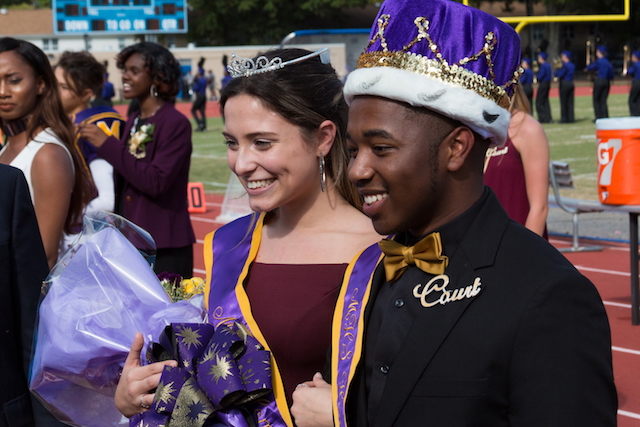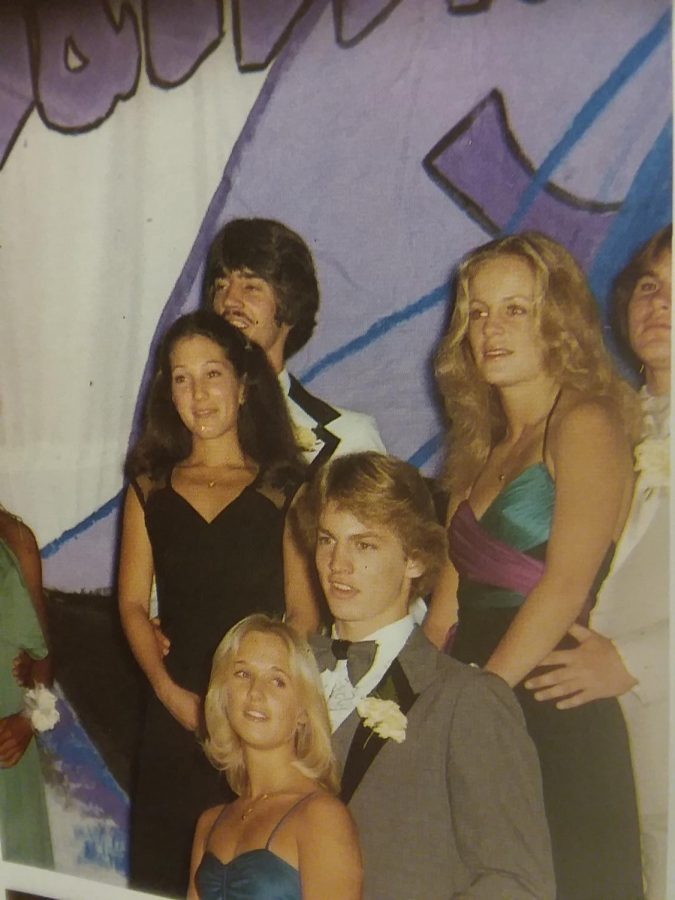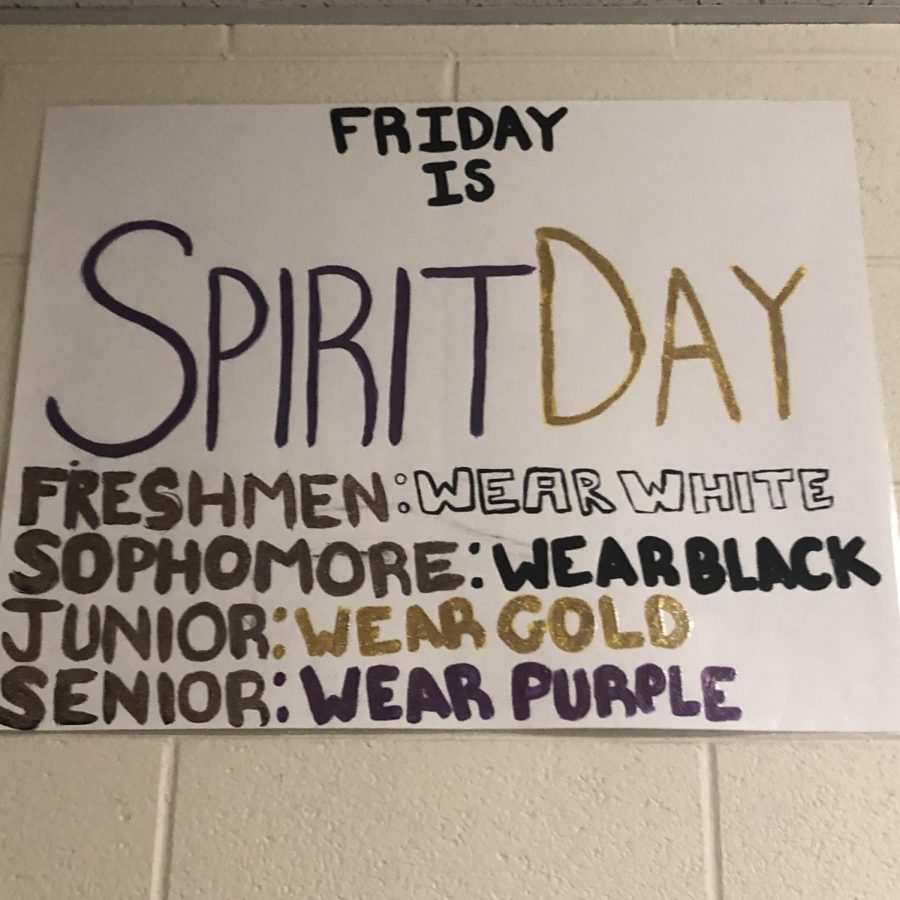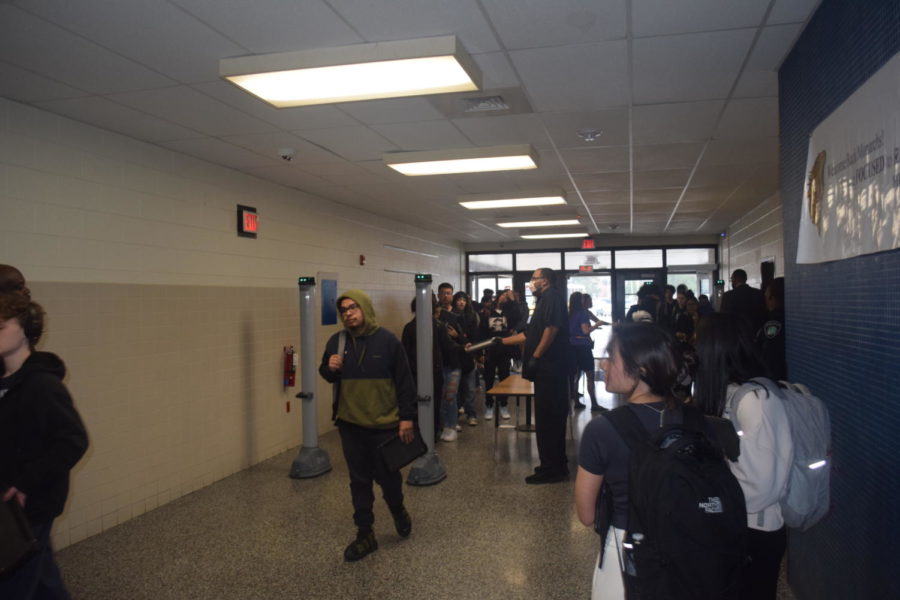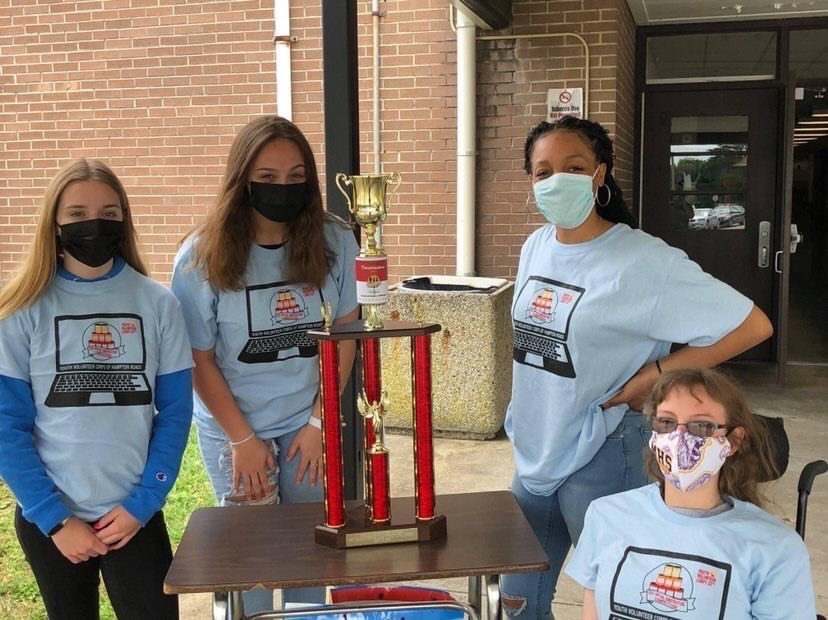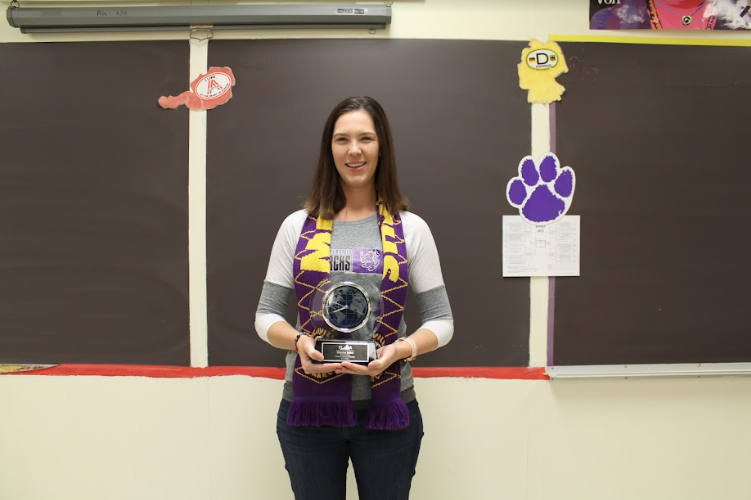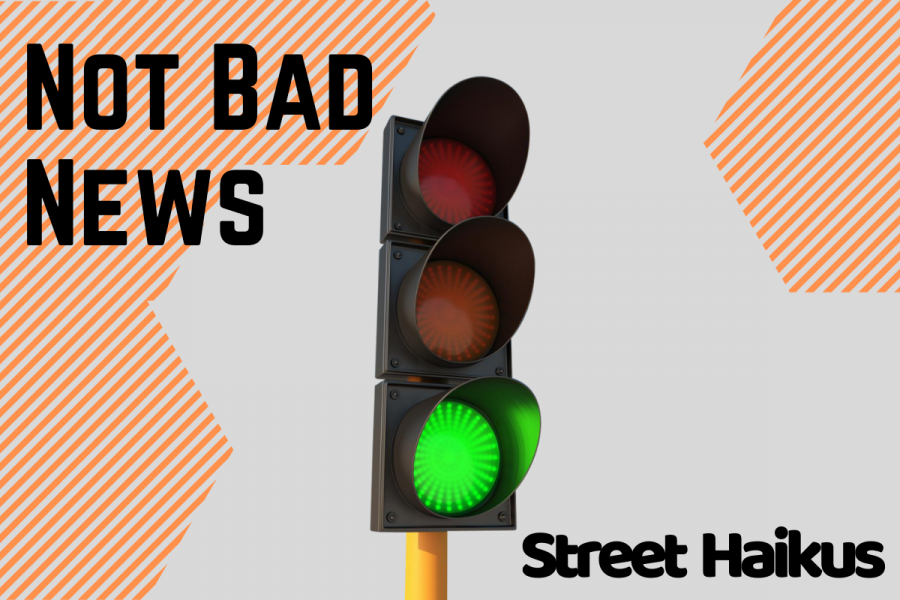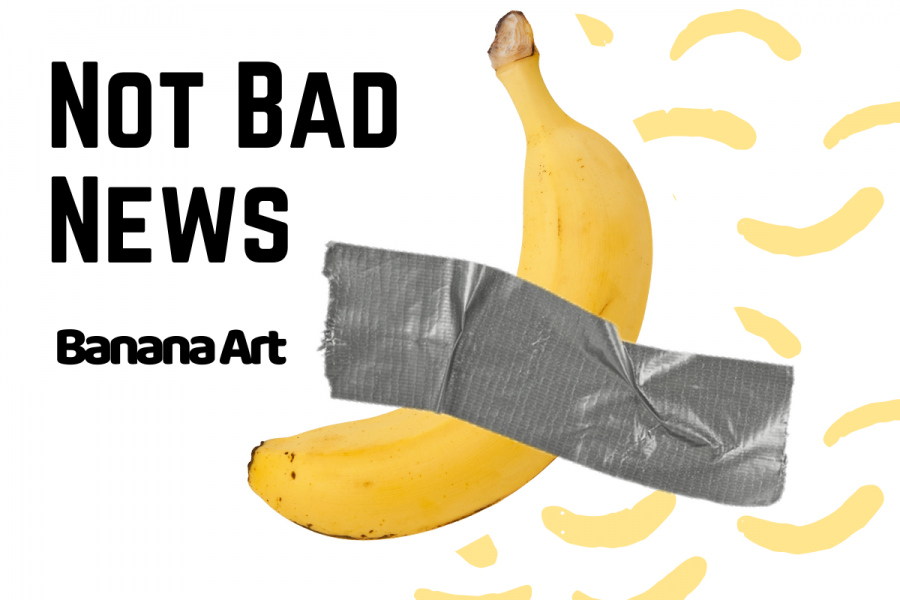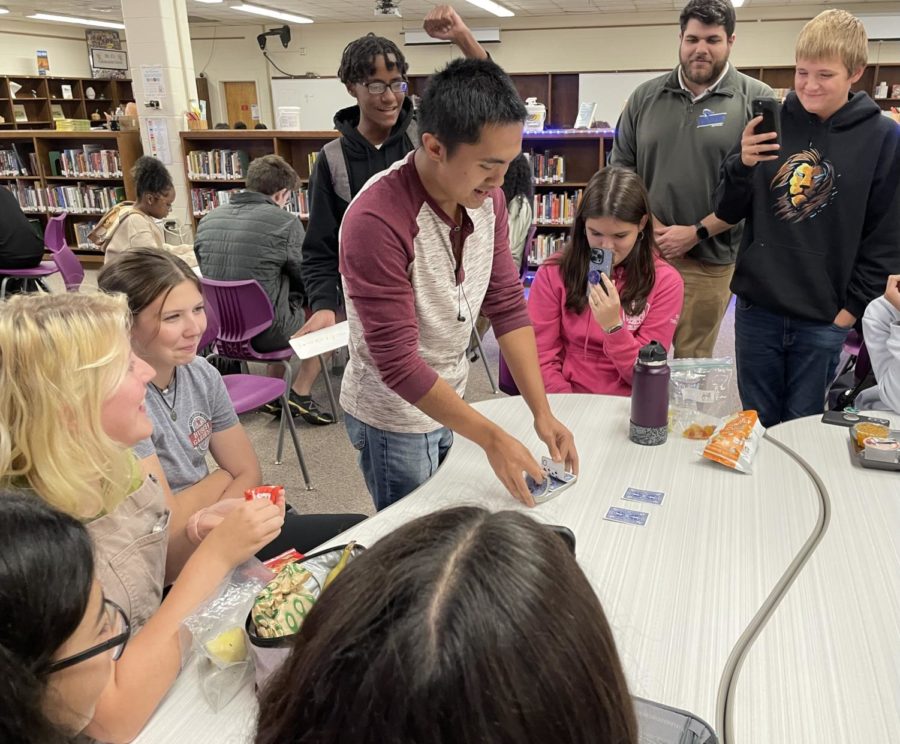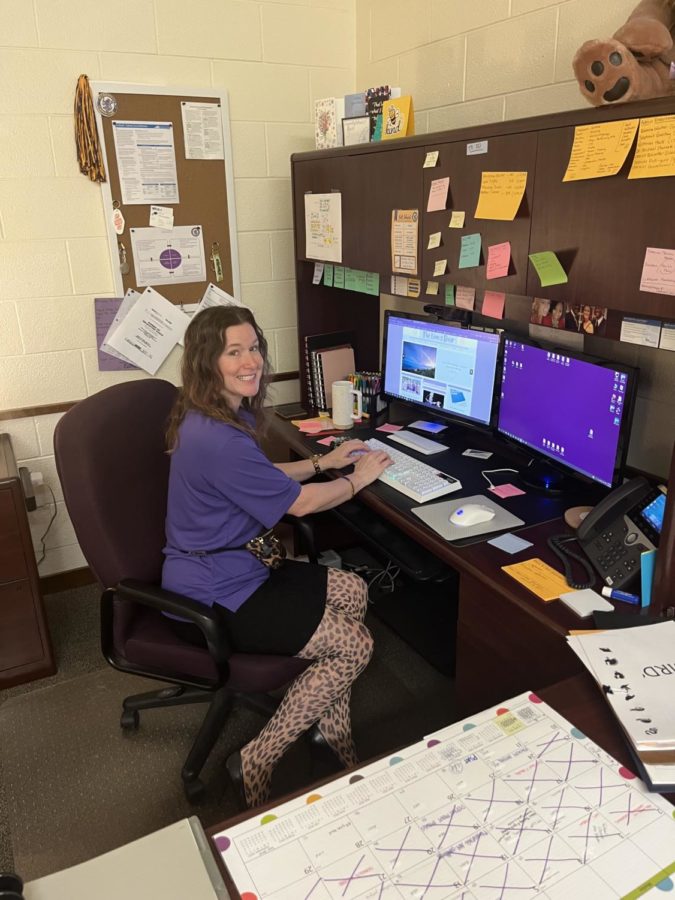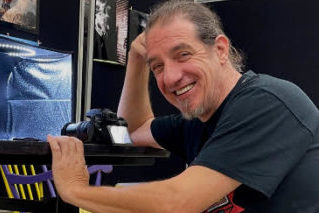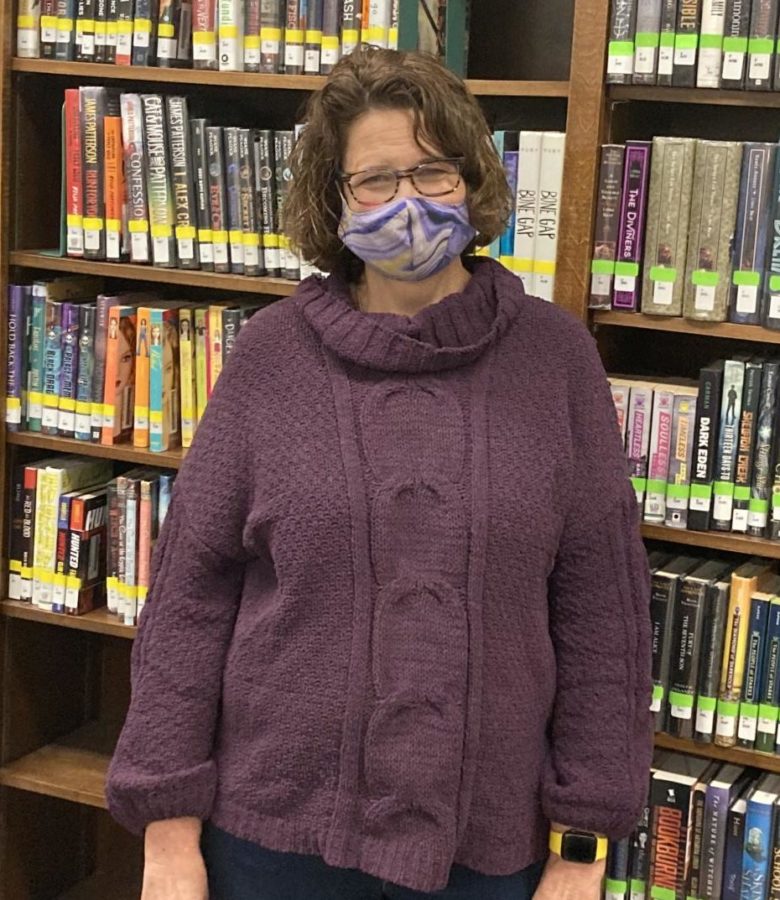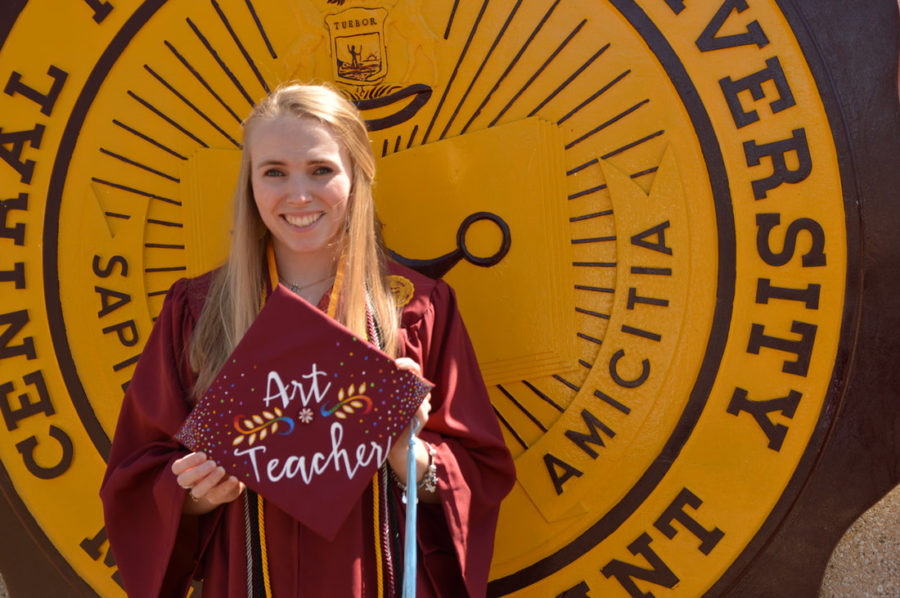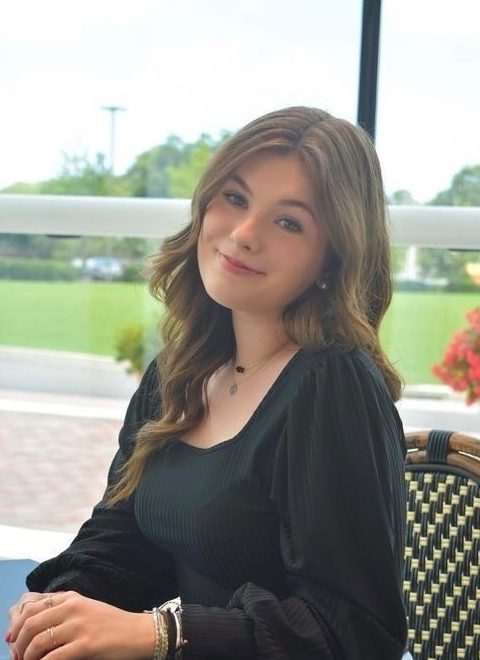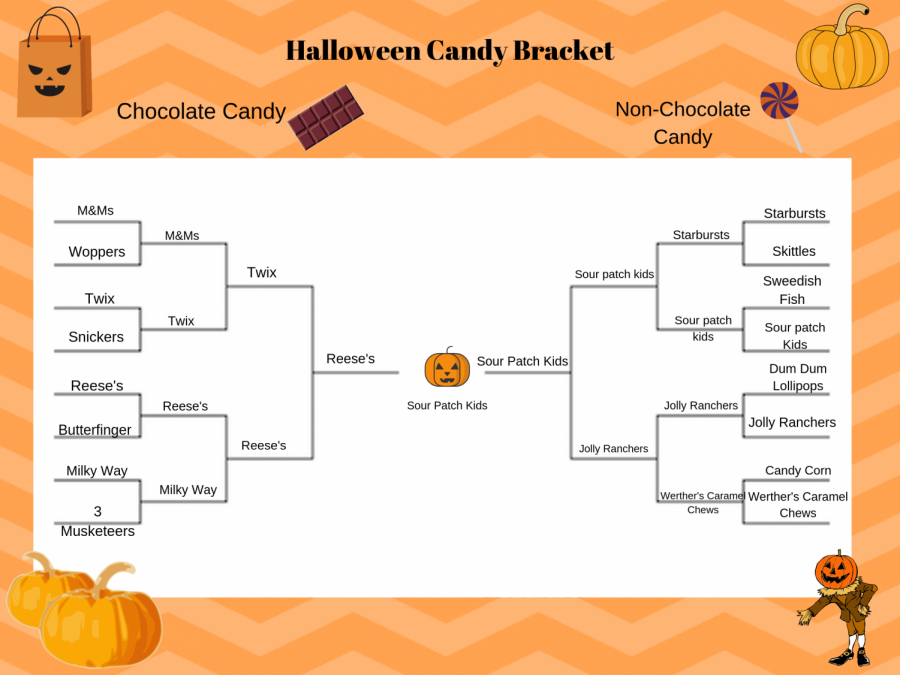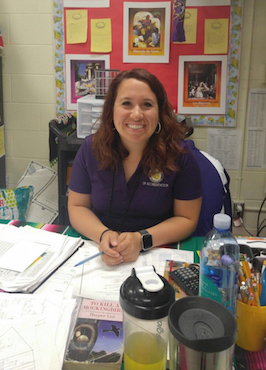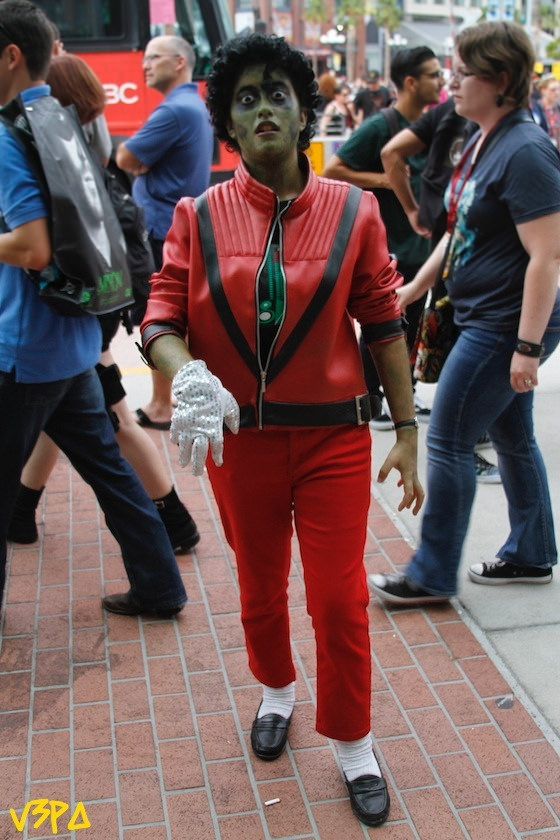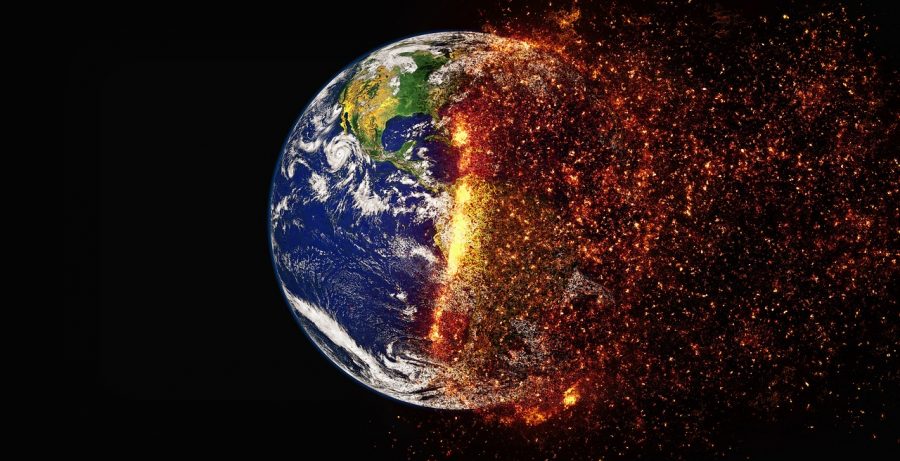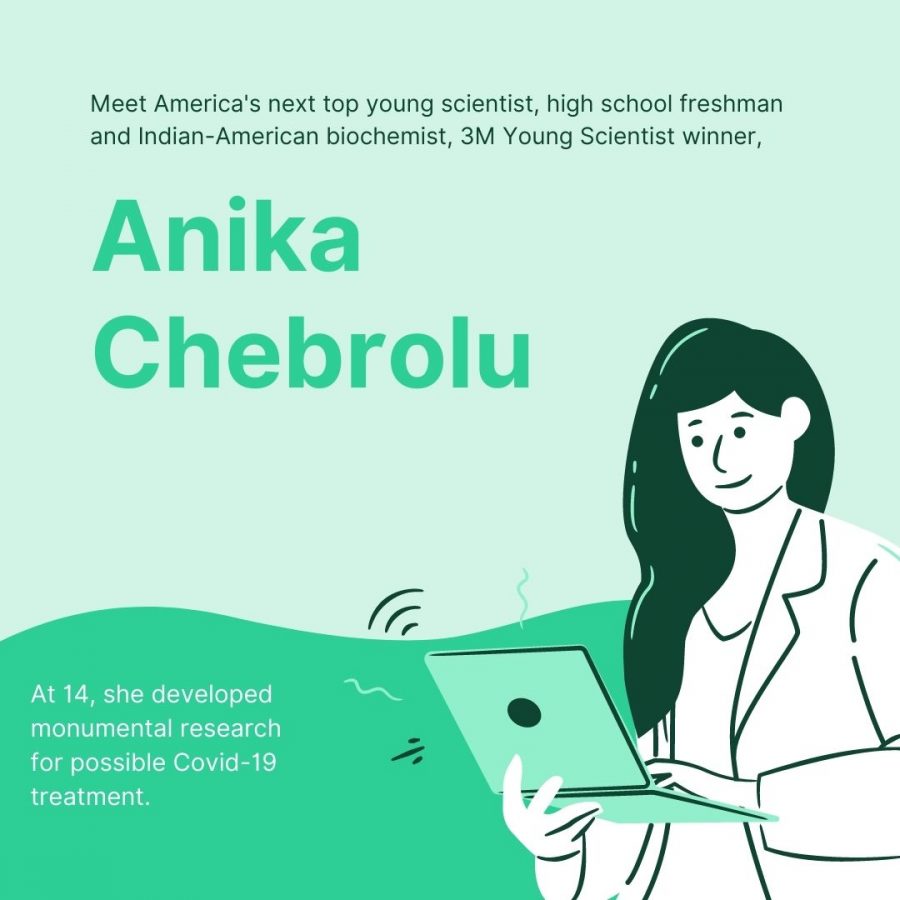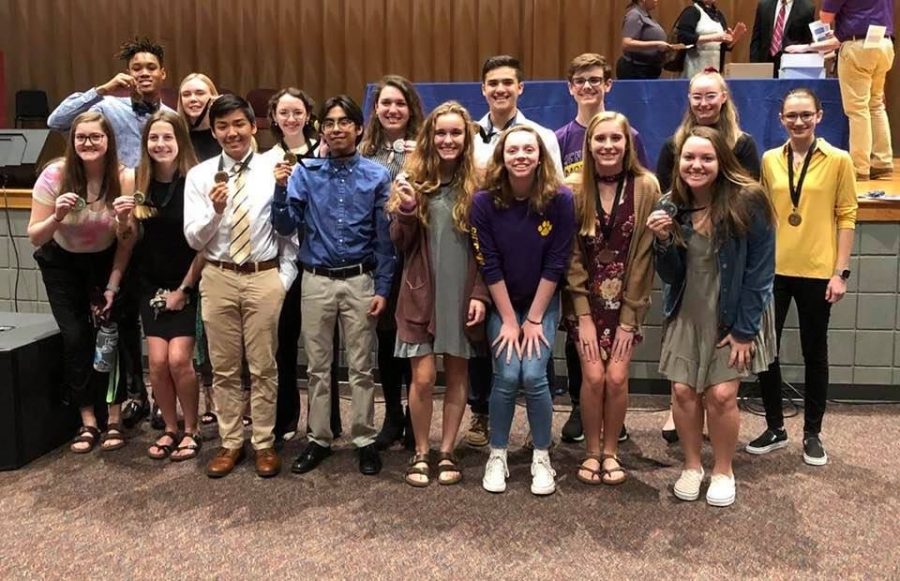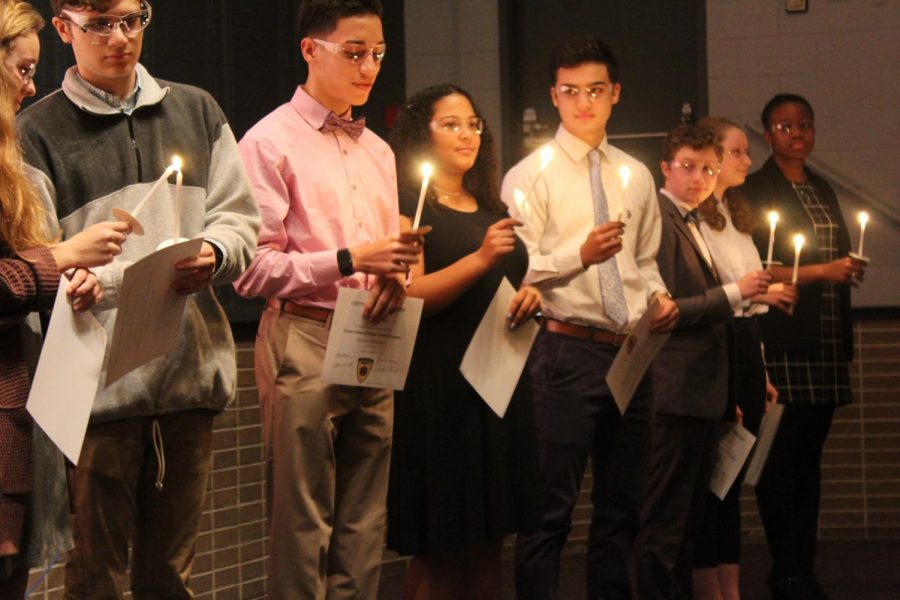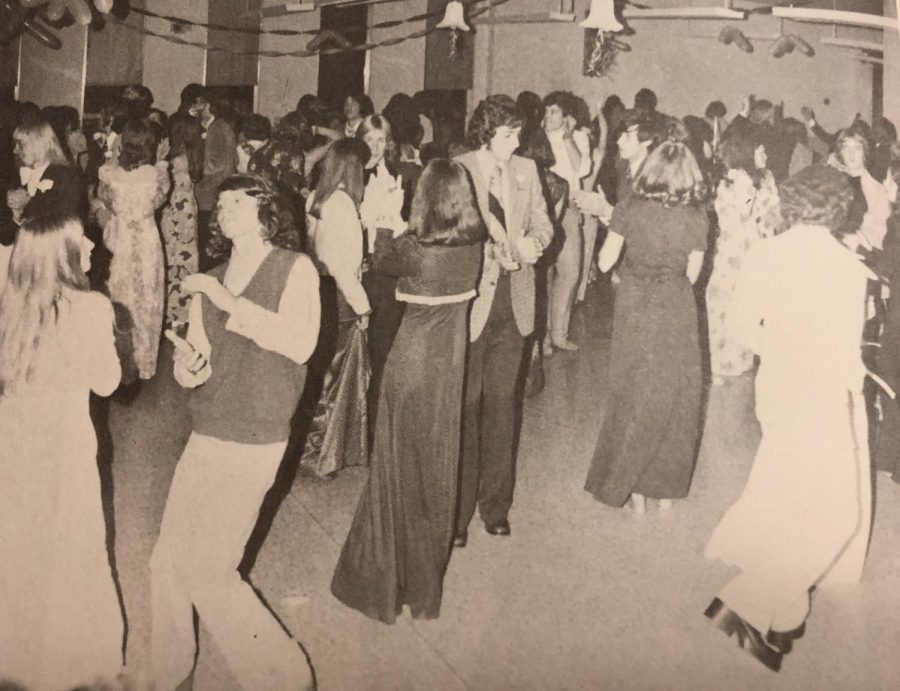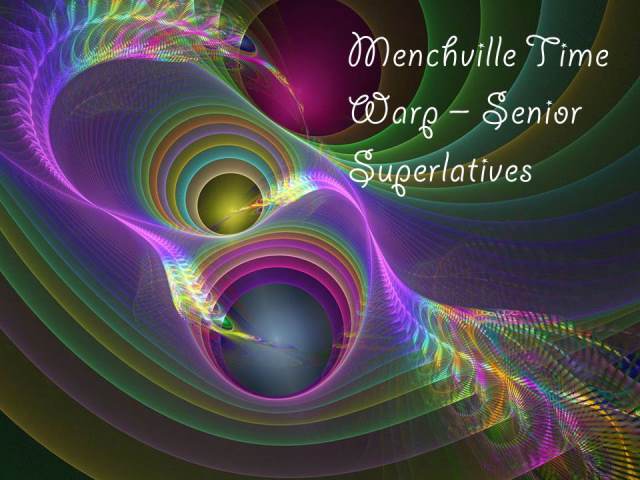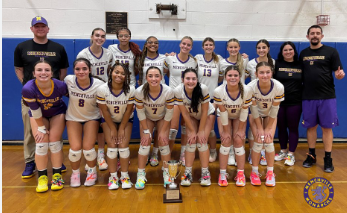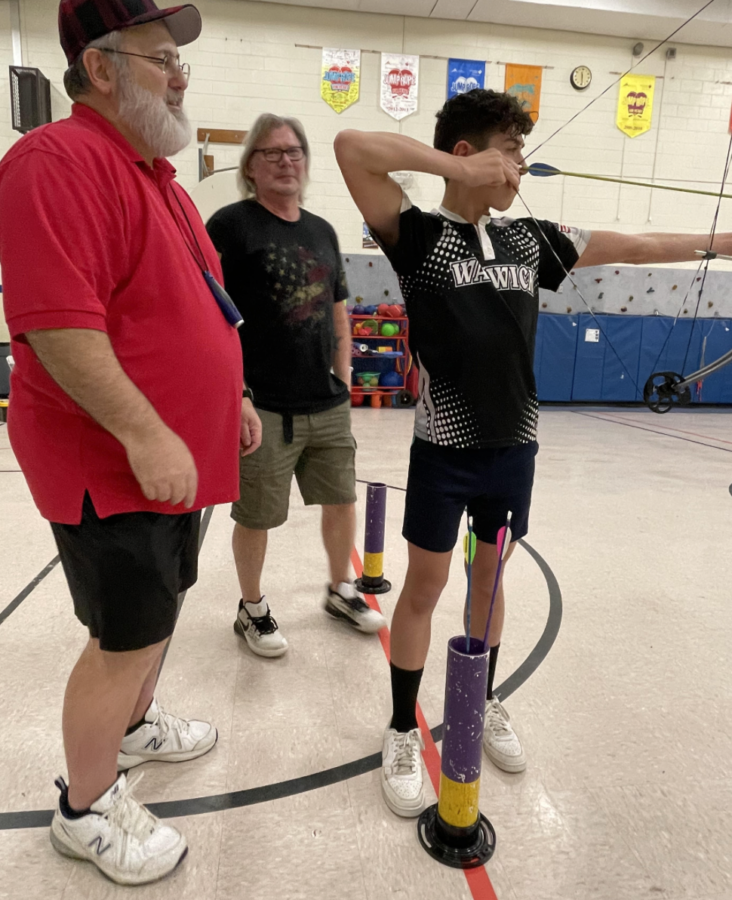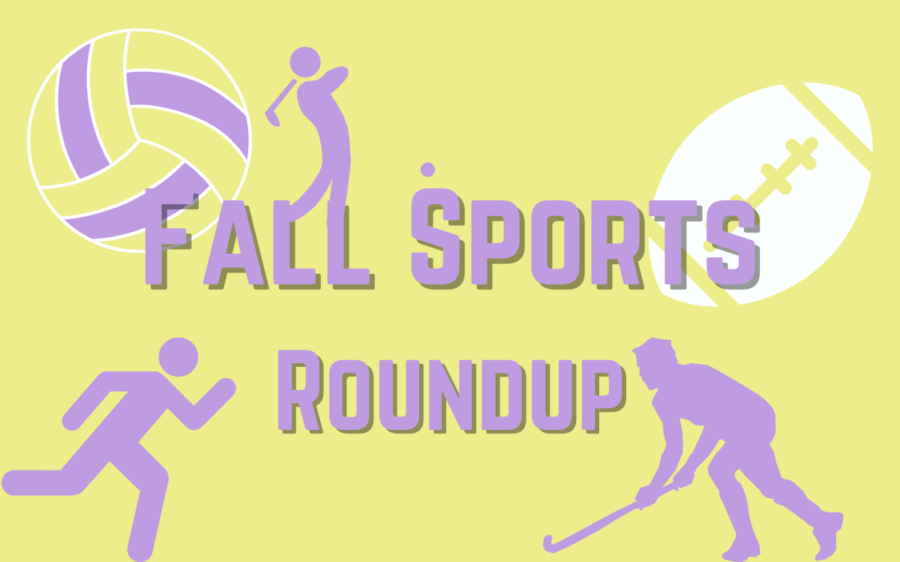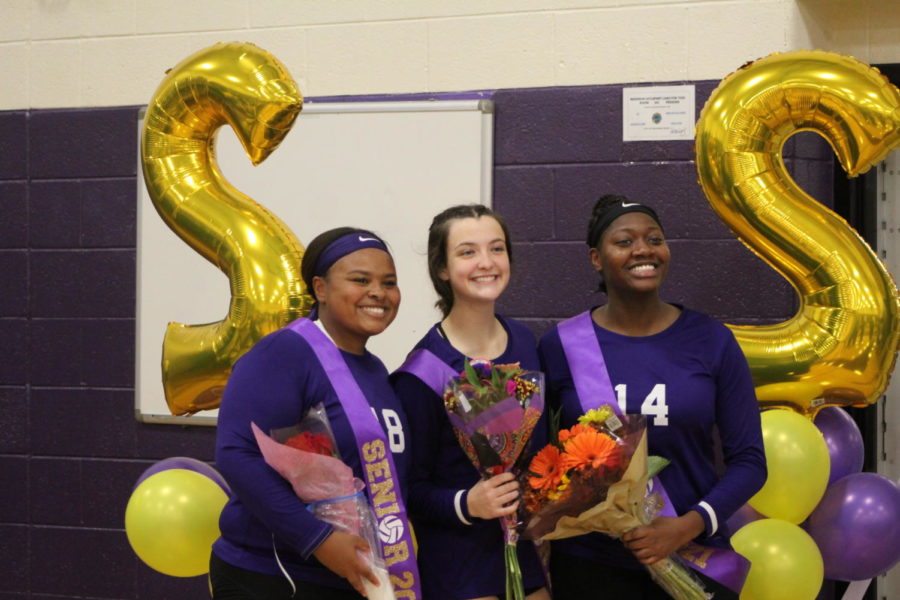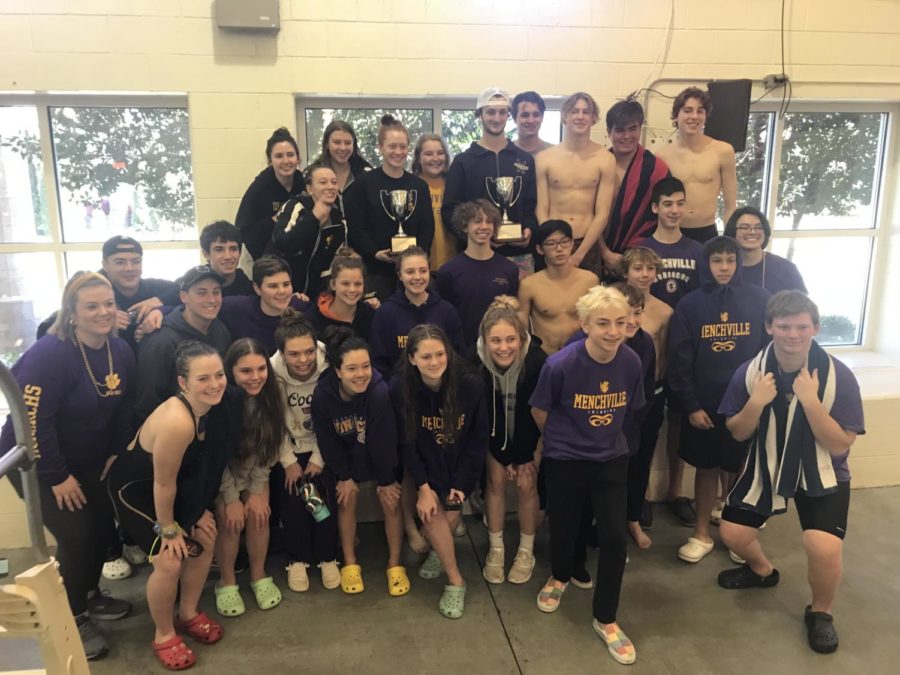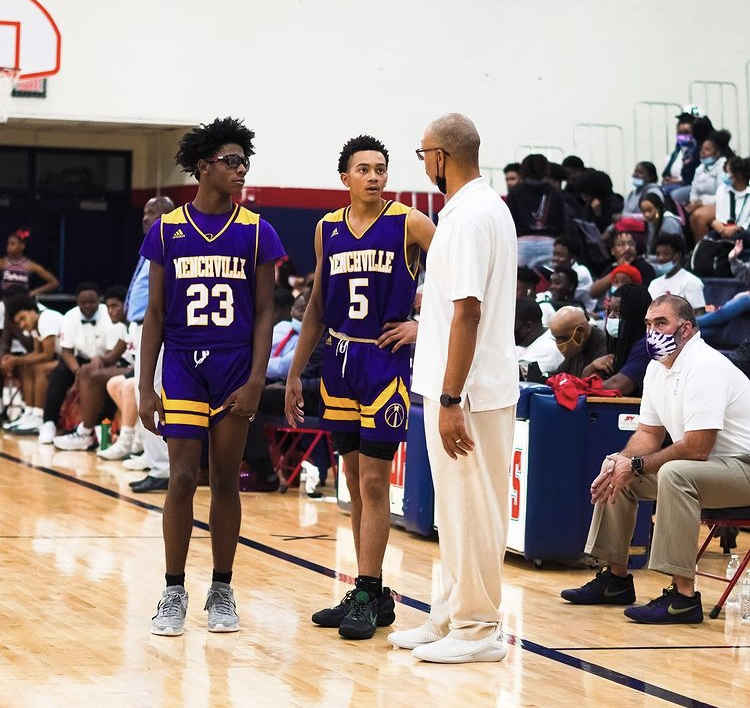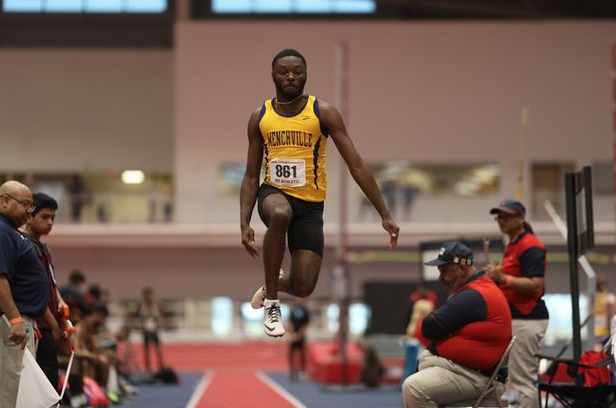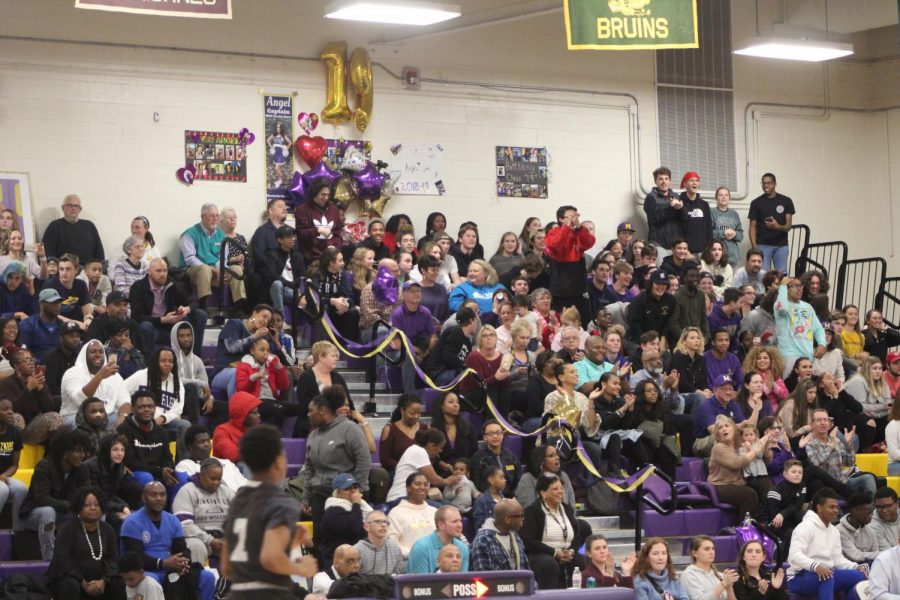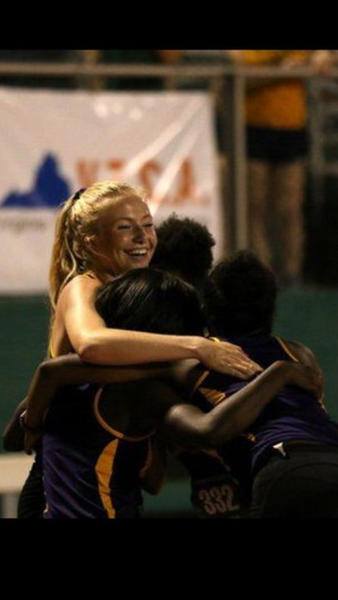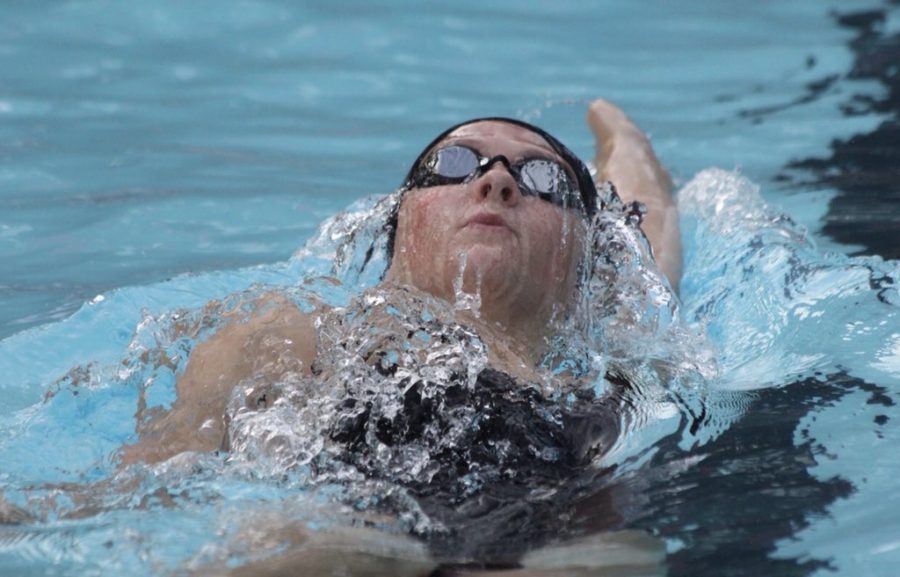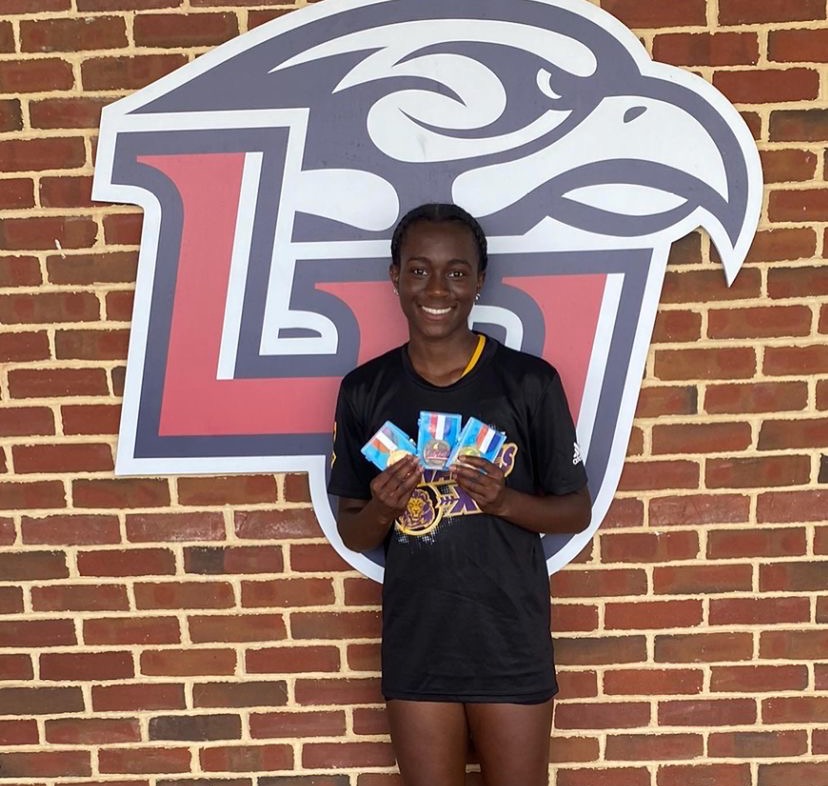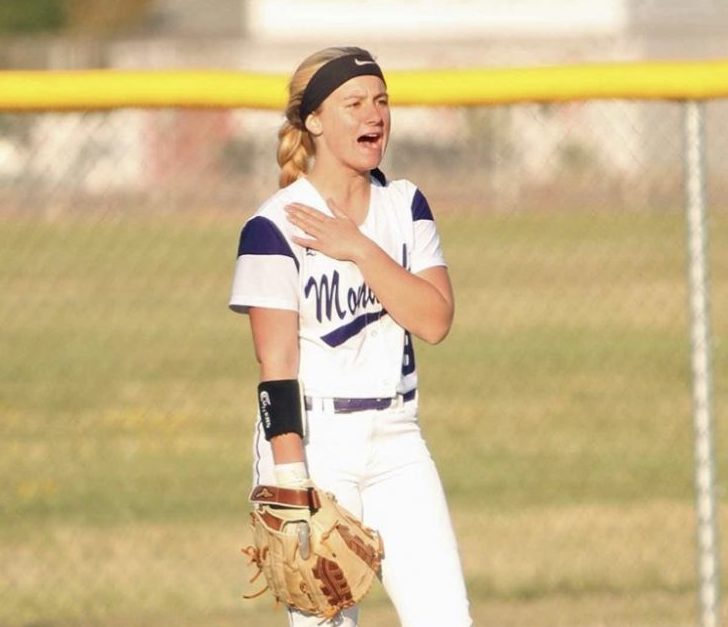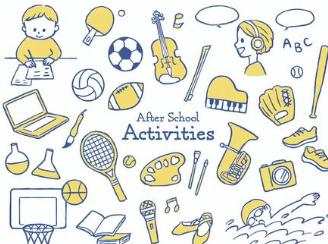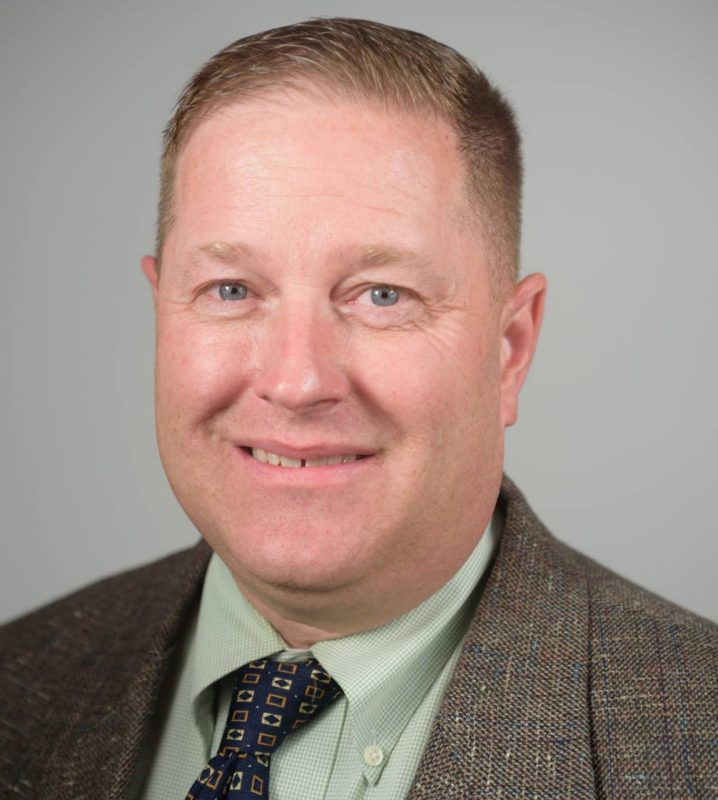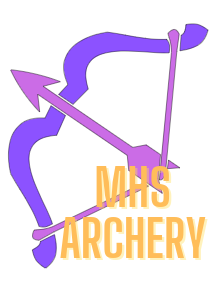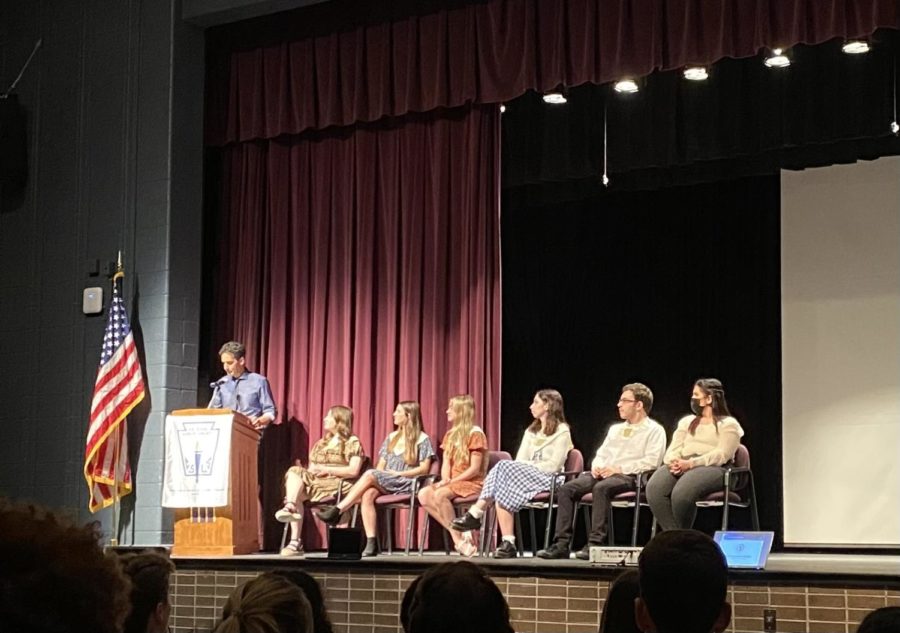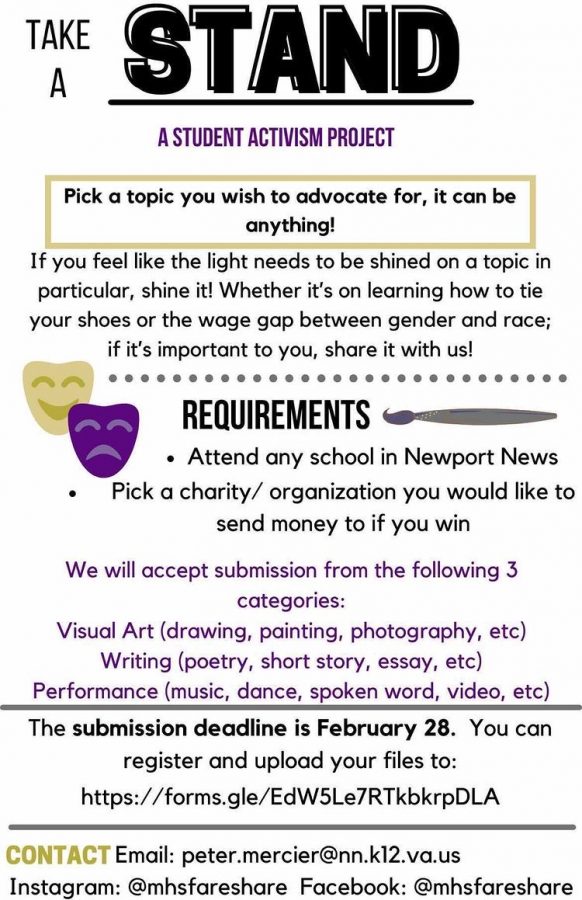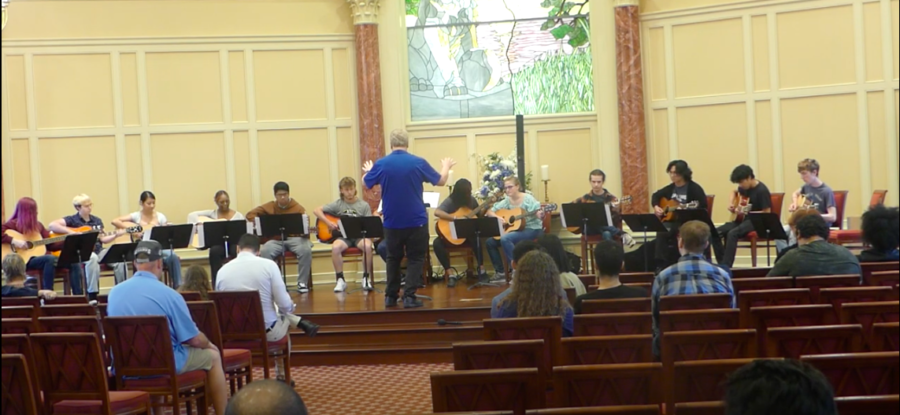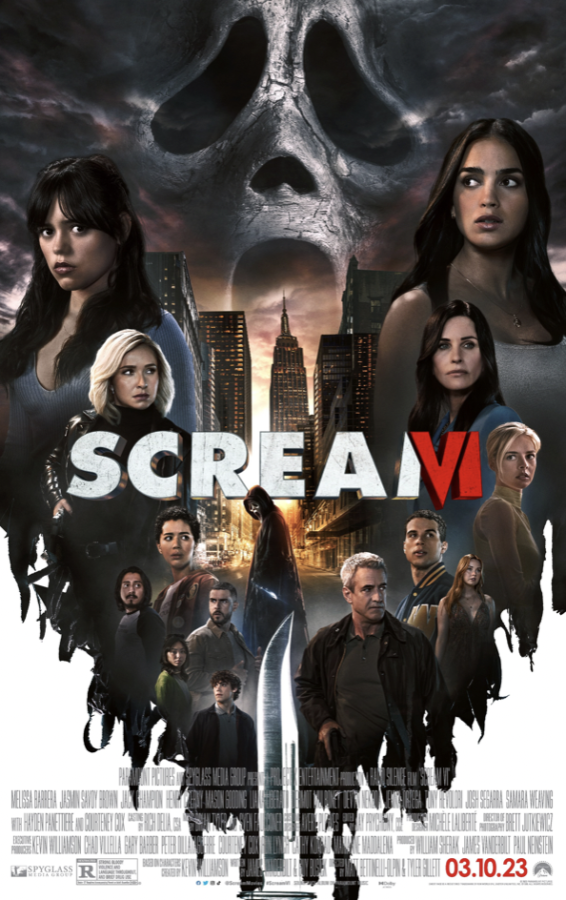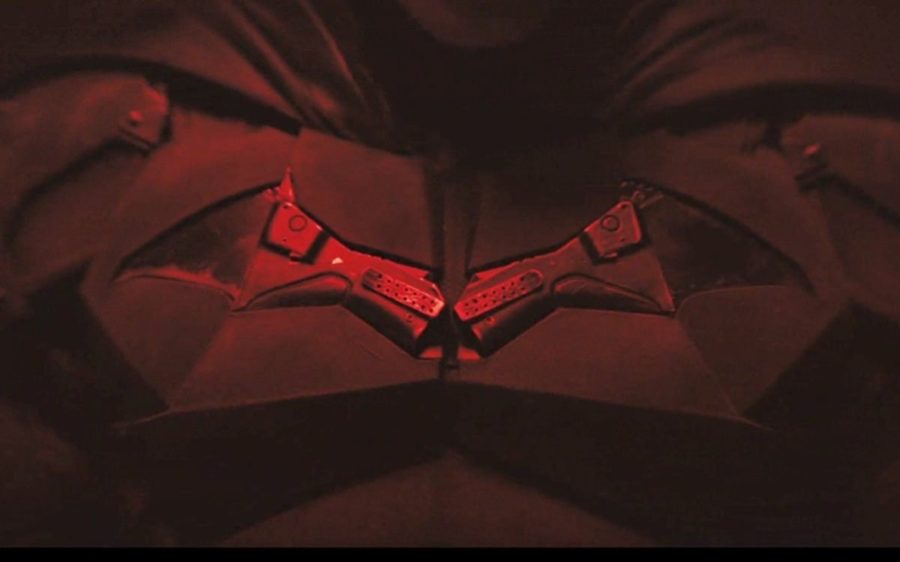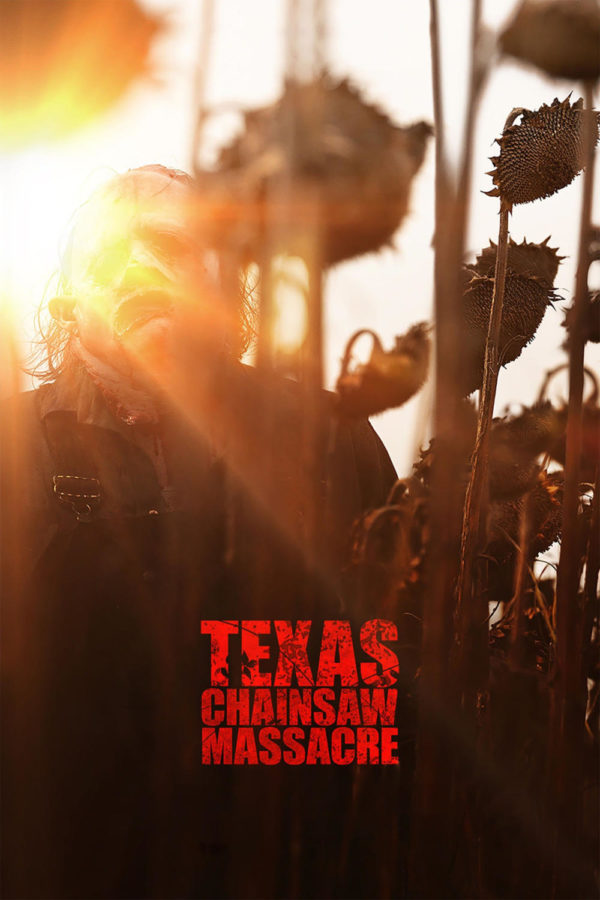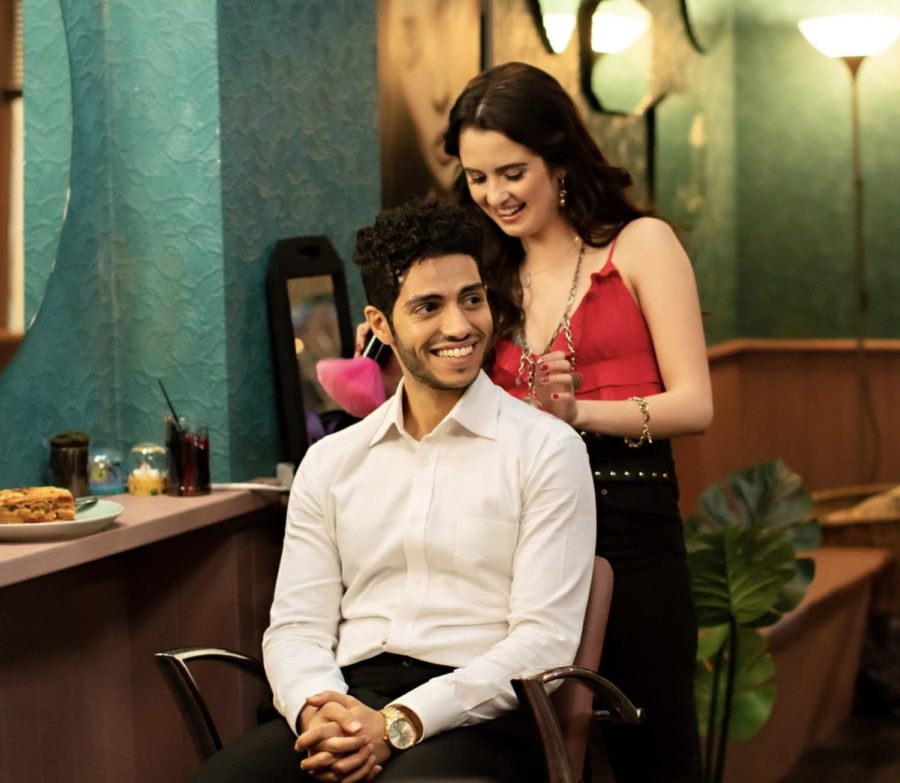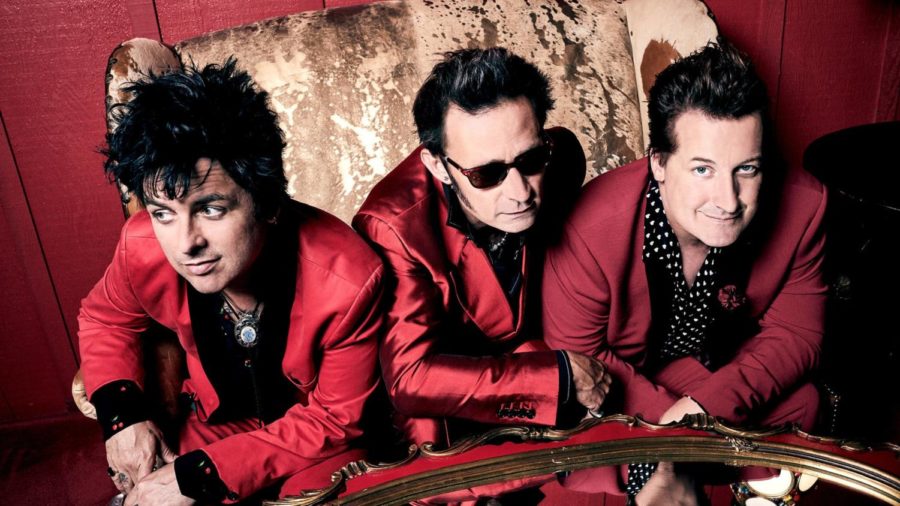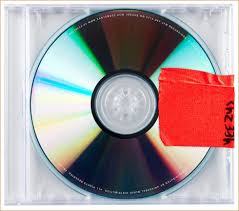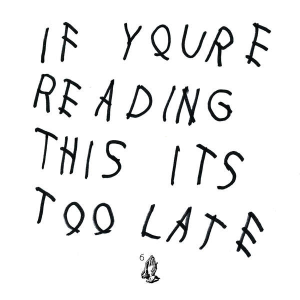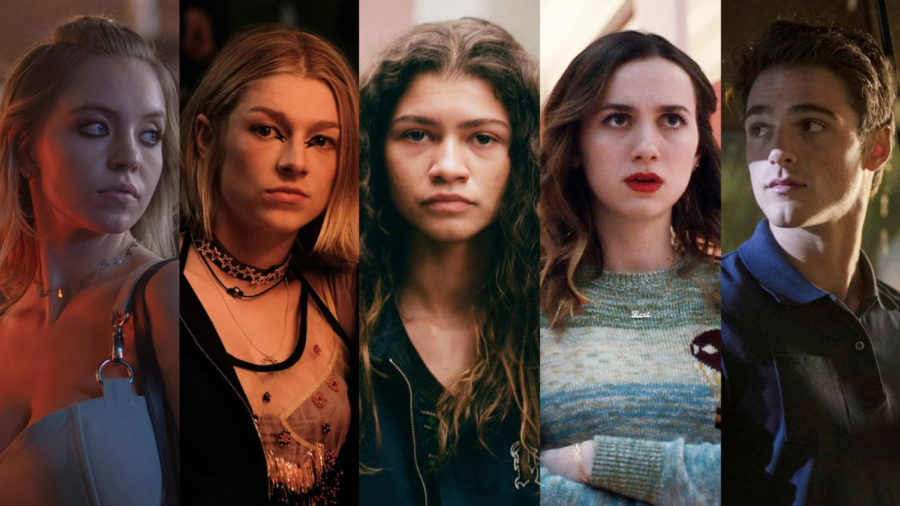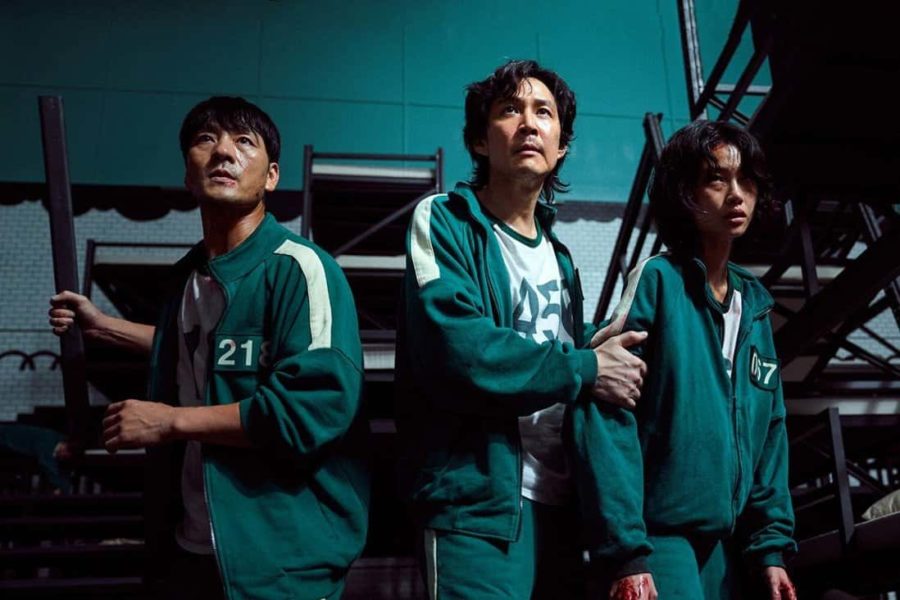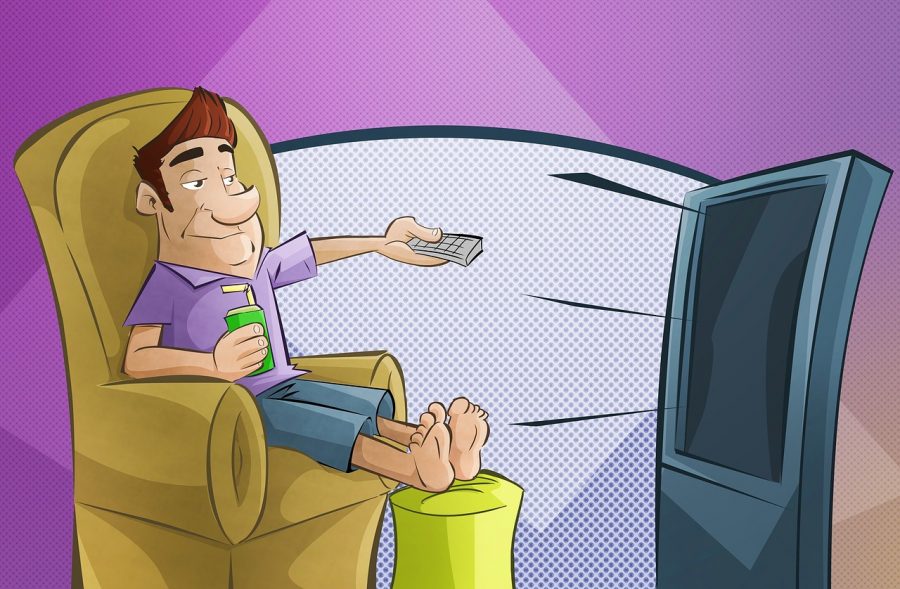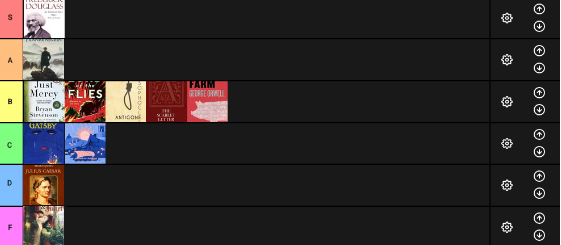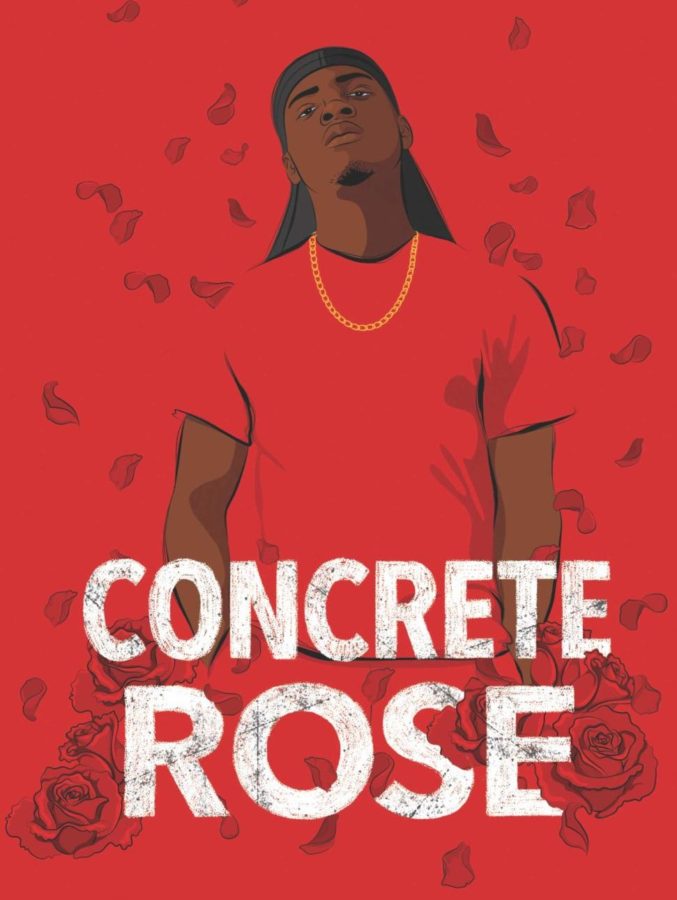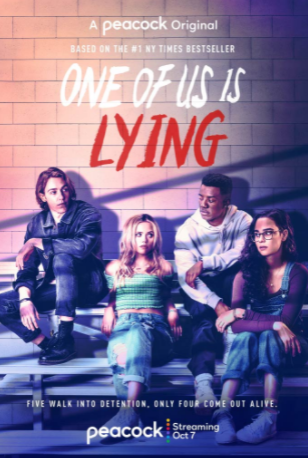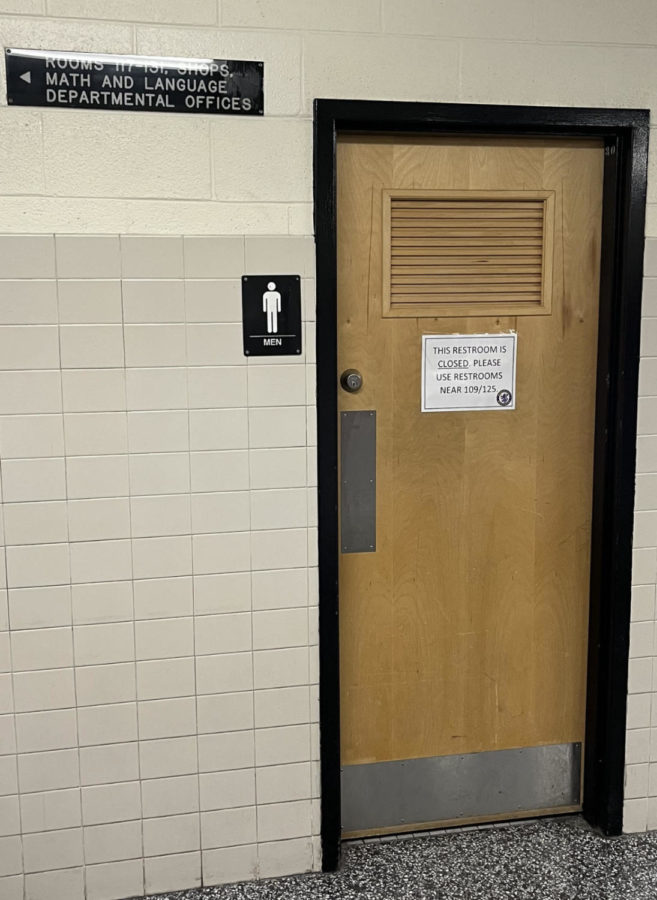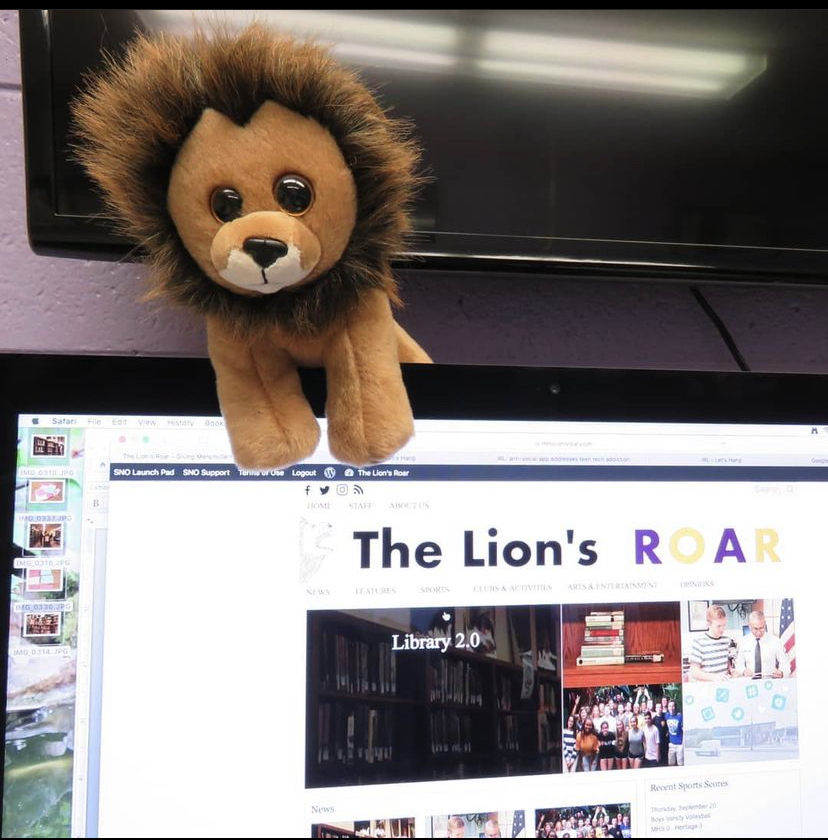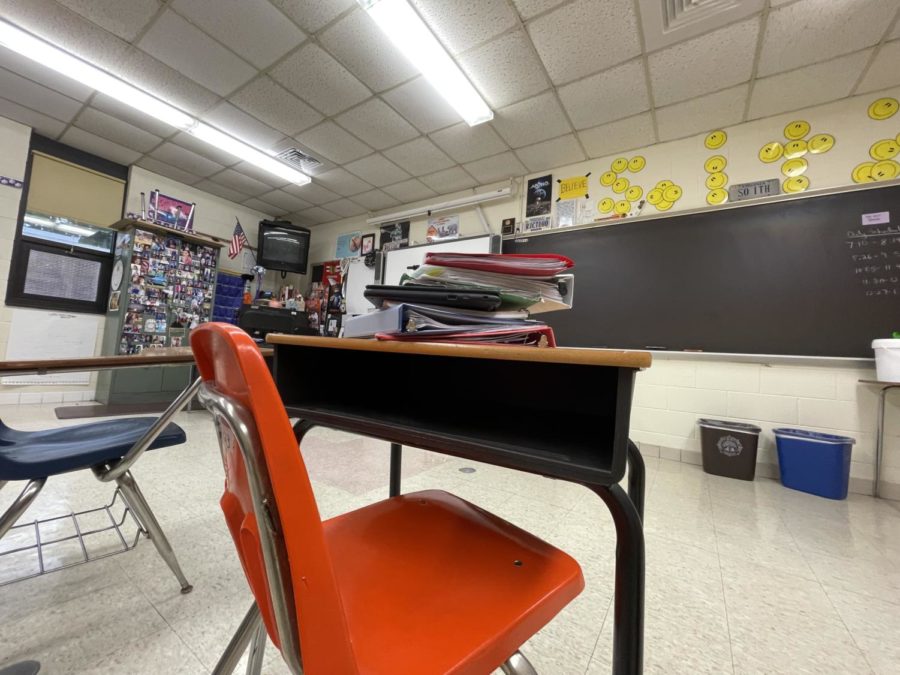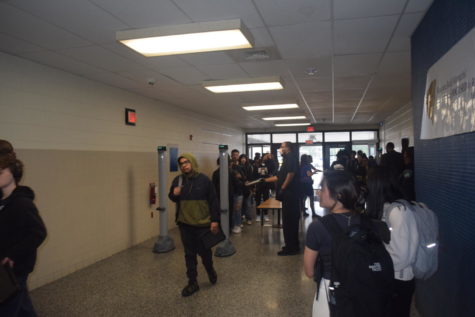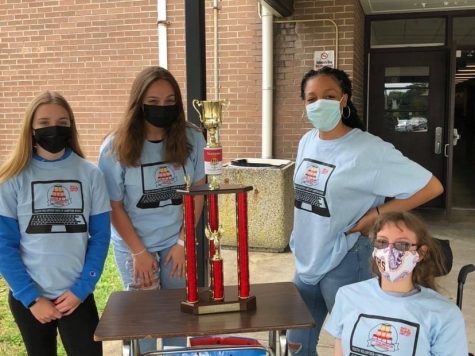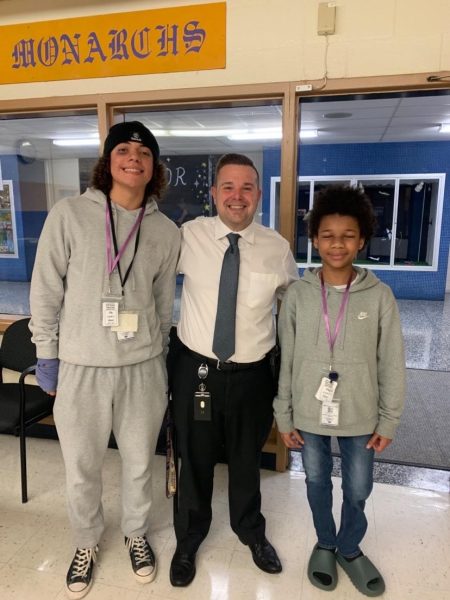Human Trafficking – “Slavery Still Exists”
The Virginia Beach Justice Initiative works to reach awareness about human trafficking and prevent it from happening in the future.
Human Trafficking is the 2nd largest criminal industry in the world- and the fastest growing- and it is happening all around the globe. Menchville Key Club members had the opportunity Tuesday, February 26 to speak to Patrick McKenna, the Co-Founder and Director of the Virginia Beach Justice Initiative, a program that works on preventing victimization, spreading awareness of human trafficking, and identifying human traffickers and victims. The students were made aware what human trafficking is, why it happens, and what they can do to help the issue.
McKenna explained to the students that human trafficking, or “modern day slavery,” is the recruiting, harboring, transporting, providing, or obtaining of a person, often for the benefit of forced labor or commercial sex acts. Traffickers will take control of their victims through force (such as sexual assault, rape, torture, or confinement), fraud (such as false promises, affectionate and deceitful acts, lying about work conditions or promises of a better life, blackmail, and preying on desperation and desolation), coercion, or intimidation (such as threats of harm or restraint, humiliation, abuse, or using a climate of fear) and use them for their own benefits, or sell them off to others in order to gain money. He said that victims can be sold multiple times a night, every night, if the trafficker chooses. He also explained that there are multiple common entryways and types of human trafficking: familial/trusted person trafficking (which is creating a false sense of trust and familial environment between the trafficker and victim), survival trafficking (which is using the victim’s struggle for survival against them), and gang control or organized crime trafficking.
McKenna also said that there are many common misconceptions and myths about human trafficking, such as the thought that victims are always female. Victims of human trafficking can be any age, gender, race, or immigration or economic status; someone you know may have been or currently is a victim, and you wouldn’t even know. However, teenagers and youth are often the target population because of greater vulnerability during this time in their lives. Individuals at this age are often questioning their self-worth and who they are; traffickers can use this vulnerability against them and create a false environment of love and trust in order to lure their victims in. McKenna stated that conviction rates of human traffickers are low because victims may not testify due to false beliefs of love, as well as fear. Often, he said, traffickers will become the victim’s “boyfriend” or “girlfriend” and trick the victims into believing that they are loved in order to take advantage of them. Traffickers also cannot be arrested if caught with the victim unless there is proof that something happened.
According to McKenna, another common thought among people is that human trafficking is not happening near them, and that it isn’t a common crime- this is incorrect. Human trafficking occurs across the globe; it’s happening in the United States, in your state, possibly in your own city or town. It is particularly common along the east coast of the United States due to highways, tourism, airports, and it being characterized as a transient area. He said that traffickers often seek victims in popular places such as schools, bus stops, grocery stores, malls, coffee shops, and amusement parks. Social media is also a common way that traffickers seek out and take advantage of their victims.
There are multiple signs that indicate that an individual may be a victim of trafficking. McKenna said that changes in overall behavior, lifestyle, peers, injuries or signs of abuse and neglect, fear of law enforcement, signs of depression or anxiety, and the possession of multiple phones or hotel keys are a few common indicators. Victims may spend nights away, create sexually explicit social media profiles, or act loyal and protective towards their new “boyfriend.” They may also have inconsistencies in their stories that cause them to sound rehearsed, meaning that the trafficker may have told the victim exactly what to say to other people about their situation. He stated that changes in behavior and lifestyle are especially common because traffickers tend to completely change their victim into a new person. They will change their victim’s name, and refuse to speak to them unless they are acting in their “new personality.” New IDs are commonly created with the new name.
It is important to know how to stay safe in these situations. McKenna explained that using the internet safely and knowing the signs are important ways to be cautious and know if someone is being trafficked. No one should feel pressured into actions that they are uncomfortable with, and it is important to always tell a trusted adult if such things are occurring. McKenna said that there are many things students and families can do to prevent these events from happening. People can volunteer their time at the Virginia Beach Justice Initiative, report any concerns, advocate to change laws regarding the topic, and fundraise for victim needs. He stated that, most importantly, everyone can help by educating others about human trafficking so that they know the signs and how to prevent it from happening again. McKenna informed students about the Virginia Beach Justice Initiative’s “Let Justice Roll” 5k run at the Mariners Museum on April 13, which will raise money and awareness for human trafficking prevention.
McKenna encouraged students, if they or someone that they know notice signs of possible human trafficking, or if they would like to volunteer, to call the National Human Trafficking Resource Center using the number 888-373-7888
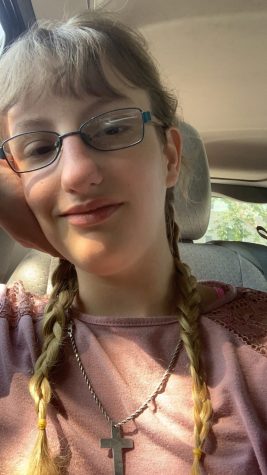
Committed to graduate in 2021, Beth Ellis is a fourth year staff writer for The Lion's Roar. She has always had a passion for writing and taking photos,...

